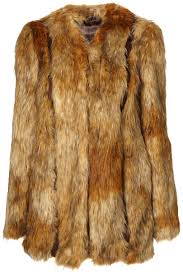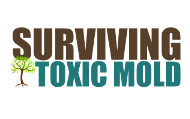|
A Guide on saving only "SOME" of your possessions. Only items that are classified as "Non-Porous"
|
 | Can porous items be left out in the sun and be ok? Porous items cannot be "safely" treated, washed or kept in the sun effectively because of their "porous" nature. Mold spores gather in small spaces so that their rate of survival is highest. Once mold spores find a small enough "pore" that is safe and comfortable they lay dormant and wait for moisture to help them start to take root. Mold spore roots grow downward like a tree making them very stable on porous items. Never let anyone convince you that a machine, fogging, washing or light exposure is safe to try and save something that is porous. It simply is NOT science and is dangerous to assume. Alternatively, "non-porous" items CAN BE washed in ammonia and set out in the sun and heat to dry. The heat reference here is strictly for the evaporation of water and is not for killing spores. Because there are no pores there is no chance for spores to burrow into the item and as long as you expose all sides of the surface to the UV sun anything left behind would be destroyed by the sun's rays. The SUN is NOT required to save a non porous item. It just needs to be dried. Do not dry items with cotton or paper products. Only dry items outside of the home with microfiber cloths. |
 | Tempurature: Can Hot or Cold temperature kill mold or neutralize mycotoxin? Temperature DOES NOT effect mold spores or mycotoxin. The only scientific evidence that toxic mold is affected by heat is at extreme high temperatures over 3000 degrees. This means that even fire doesn't destroy it. Also there is no evidence that freezing has been able to affect it either way. For this reason non porous items can be washed or soaked in any temperature. |
|
Non-Porous Items
. Any kind of furniture that is made of glass or metal should be washed thoroughly in the ammonia solution, rinsed, dried until moved to the new clean space. This includes tables, funton frames, chairs, shelving, stools, carts etc.
All dishes including glass, glazed clay, china, or porcelain are safe to wash in an approved neutralizing solution, rinsed until moved to the new clean space.
Stoves should be fully wiped down with ammonia AFTER they have been removed from the water damaged home. Before disconnecting it is a good idea to turn the stove on it's highest heat setting and letting it cook for a good 30-40 minutes before disconnecting and moving it outside to be cleaned with a safe "neutralizing agent" on the outside.
Items that fall under this category are: Shirts, Tops & Blouses
(Frame and Cover must be washed separate. Mold can hide between cover and frame if brought to new home) BABY ITEMS
Every part of the cosleeper can be taken apart and washed in a neutralizing agent. The foam cushion on the bottom MUST BE THROWN OUT. It cannot be saved. Contact the manufacturer of your particular model and reorder a replacement. Or, if you are a DIYer you can buy new supplies at your local craft store and make your own replacement.
Essential oil bottles can be easily rinsed in the ammonia solution, rinsed and taken to the new clean location. EO bottles are non-porous and the contents of most EO's are actually antifungal in the first place.
(80% of all essential oils have a high antifungal property to them which means that the inside of these machines are usually mold/mycotoxin free. Just wipe outside with ammonia solution and save
**BE CAREFUL!! Air purifiers can ONLY BE SAVED if: all of the filters are removed and thrown away and then the remaining unit is completely neutralized with either: Ammonia, Citrisafe, Ec3, Benefect or BioEsque. Once the machine is thoroughly neutralized and DRY, you can then replace the filters with ALL NEW FILTERS. (not paper, stationary or sticky notes) Things like staplers, pens, pencils, tape dispensers, organizers, scissors, rulers, blades, clips and tacks can be cleaned in ammonia and saved.
Scrub with ammonia, rinse and dry in the sun.
All tools can be taken outside, washed with ammonia, rinsed and dried out in the hot sun. Do not bring them back into your garage, tool shed or home once they are cleaned.
Lawn mowers, snow blowers, [ressure washers, chainsaws, (air compressors, drills, cutting saws, sanders) (DO NOT GET WATER INSIDE PLUG IN ITEMS...only wash the outside), weed whackers, lawn spreaders, shovels, rakes, clippers, pruners and anything else I didn't mention can easily be taken outside, washed with ammonia, rinsed and dried out in the hot sun. Do not bring them back into your garage, tool shed or home once they are cleaned unless you are bringing them to a new "clean" location or you have completely sanitized, remediated and neutralized your space. Gold clubs and golf balls can be submersed in water and ammonia, rinsed and saved from a toxic mold environment. Make sure they are fully dried and do not bring them back into your garage or home once they are cleaned unless you are bringing them to a new "clean" location or you have completely sanitized, remediated and neutralized your space. Wedding Dresses Ladies....the touchy subject of keeping or not being able to keep a wedding dress can be very emotional. In order to keep it you'll have to soak it in ammonia. (This will probably ruin the actual dress itself but Here are some ways to keep the memory of your wedding dress alive. |
Porous Items
Real Wood furniture and anything made of wood that has "ANY EXPOSED RAW WOOD" This does not apply to "FULLY SEALED WOOD" or "WOOD WITH FULL POLY COATING". Beware! Check the underside of beds, dressers and other furniture as this is an area of concern and can contaminate a new home.
Wool coats can be rinsed in "COLD" water and hung to dry. Dry cleaning DOES NOT kill mold spores or neutralize any mycotoxin. These items may not fully be cleaned of bacteria so they are on the list of potentially having to get rid of them.
(*note: leather cannot be cleaned in ammonia due to the destruction of the leather by ammonia. Ammonia will cause the leather to peel. Borax can be used but does not have any scientific studies of neutralizing mycotoxin) so keeping leather items is considered risky and not recommended.
These older versions of TV's actually have cooling technology inside them that use outside air to ventilate and keep the device from overheating. Because it is pulling in ventilated air from it's environment and you are not able to submerge such items, older TV's should be discarded. Wooden cutting boards are porous wood and should be discarded as to not further contaminate a kitchen space or food with spores and mycotoxin. Wood is used by fungi as food so they are attracted to the organic substance of trees as fuel for their survival.
Wooden cutting boards are porous wood and should be discarded as to not further contaminate a kitchen space or food with spores and mycotoxin. Wood is used by fungi as food so they are attracted to the organic substance of trees as fuel for their survival.
Microwaves are similar to older model TV's and hair dryers. They pull in outside air and circulate it through the applicance. Microwaves should be discarded.
Washing Machines, especially front loading machines can be sources of mold exposure and cross contamination. If anyone in your home is sick it is not a good idea to transfer a washing machine that was once in a moldy environment to a new clean mold free house. If people in your home are not that sick or hyper-sensitive you MAY be able to take a risk in keeping it BUT you MUST take the entire washer apart and wash each component with ammonia, completely dry each component out in the sun before re-assembling the entire washer. Yes, it is this critical that you follow this protocol as to avoid cross contaminating your new home with mold. Just be careful. This is a risky move.
Dryers are sources of mold exposure and cross contamination. If anyone in your home is sick it is not a good idea to transfer a dryer that was once in a moldy environment to a new clean mold free house. If people in your home are not that sick or hyper-sensitive you MAY be able to take a risk in keeping it BUT you MUST take the entire dryer apart and wash each component with ammonia, completely dry each component out in the sun before re-assembling the entire dryer again. Yes, it is this critical that you follow this protocol as to avoid cross contaminating your new home with mold. Just be careful. This is a risky move.
Suitcases made of material or canvas should not be saved or cleaned, however if your suitcase is one of the newer models they might be made of just aluminum and hard plastic. If you have a newer model made of plastic you can submerge these "newer" models in a bathtub with 2 cups of ammonia and let them air dry in the sun and they "CAN" be kept. Please discard material or canvas-made suitcases or especially older suitcases made of wood or cardboard or pressed board. Those are a loss.
Mold and Mycotoxin CANNOT be "Dry Cleaned". Some items can be washed in cold water and ammonia and will not shrink. If you are able to wash them in cold water and ammonia and they do not shrink you may keep them. However, if the items you want to keep cannot be submerged in ammonia water for fear that they will shrink then they "CANNOT" be saved. Dry Cleaning chemicals do not kill mold spores or neutralize mycotoxin.
Hollow guitars
|
Etremely Porous Items
ALL partical board furniture MUST be thrown out. It is made of paper. This includes tv cabinets, tables, shelves, storage cubes and units, beds, office furniture, kids furniture, desks, boxes, dressers and drawers etc. Mold feeds off of any and all paper products. It uses it as food to survive, expand and grow. Anything made of paper needs to be dicarded in plastic bags and disposed of properly away from the moldy property. Do not store paper in garages or car ports that are connected to a home. The risk of cross-contamination by paper is usually a 99% rate.
Loveseats and padded chairs go against the 1/2 inch rule when it comes to anything of a fabric material. Anything that is made of fabric and is over 1/2 inch thick has a huge chance of embedding spores and mycotoxins that can later be re-activated and take root in the item. Throw these away and rip them with a knife and label them with paint or a black marker "TOXIC".
|
|
Do you think you might have mold in your home, place of business or school? Are you or someone you love suffering from an unknown illness that doctors can't diagnose? Is mold making you sick? Go to our Step by Step and start Surviving Toxic Mold. |

 Metal or Glass furniture
Metal or Glass furniture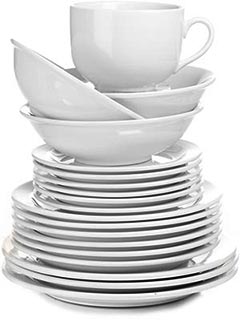 Dishes
Dishes Serving Dishes/bowls
Serving Dishes/bowls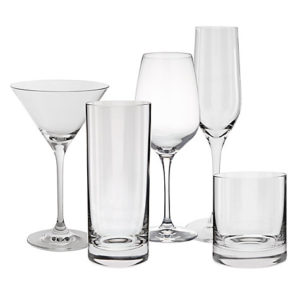 Glassware
Glassware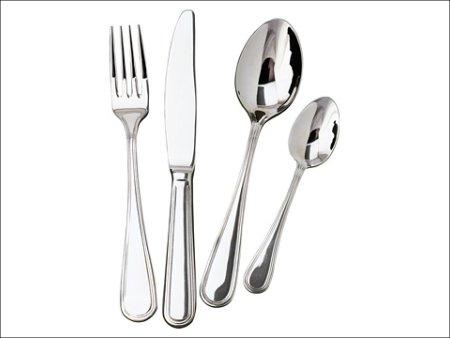 Silverware
Silverware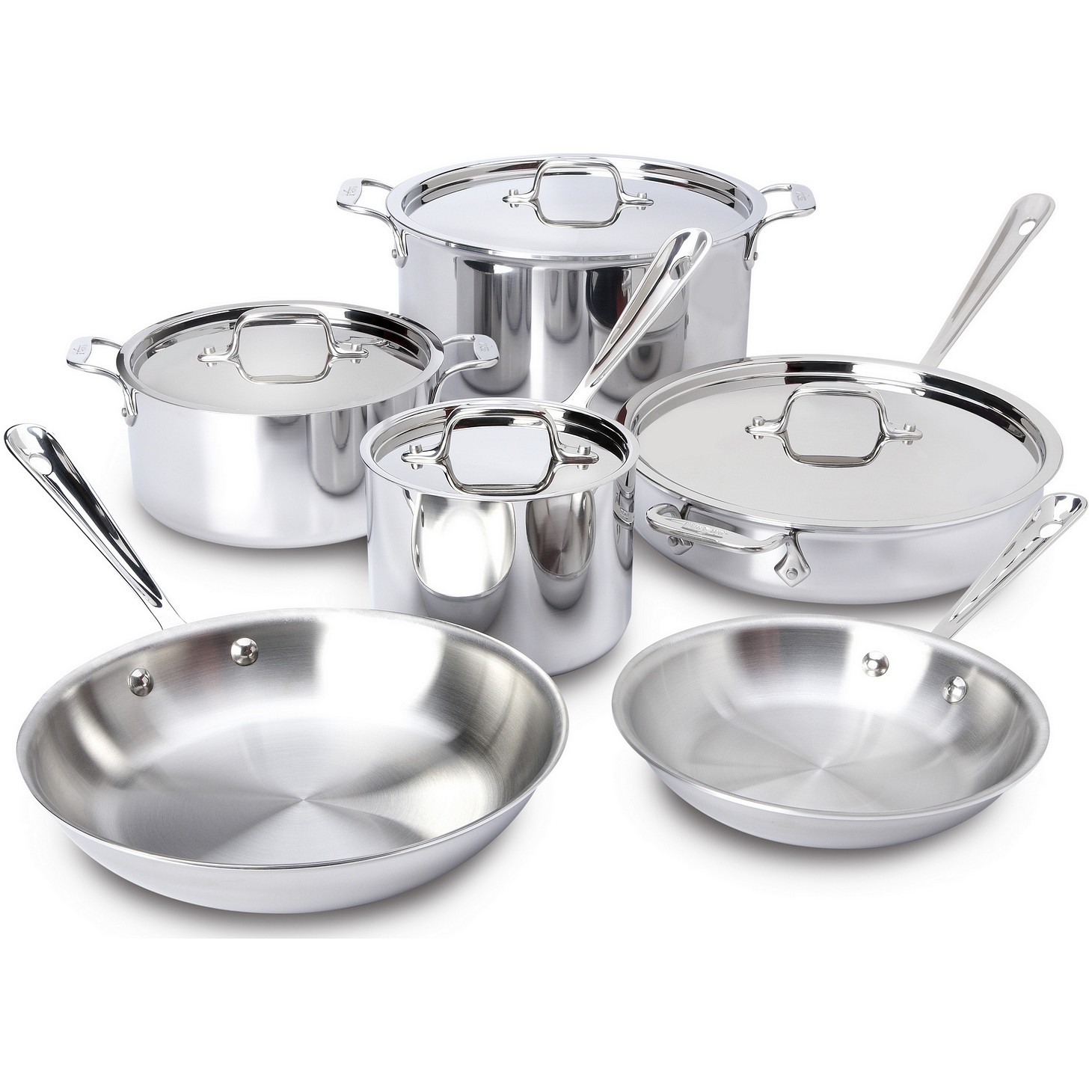 Pots & Pans
Pots & Pans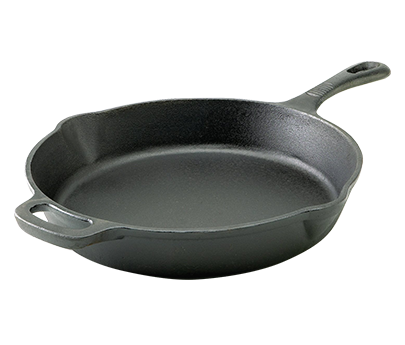 Cast Iron
Cast Iron 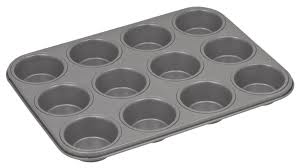 Bakeware
Bakeware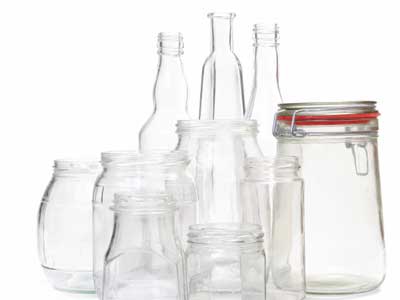 Anything made of glass
Anything made of glass Anything made of rock, clay, stone or concrete. This also includes anything made from these elements like pottery, baking stones, furniture and home decor made from ONLY these elements.
Anything made of rock, clay, stone or concrete. This also includes anything made from these elements like pottery, baking stones, furniture and home decor made from ONLY these elements.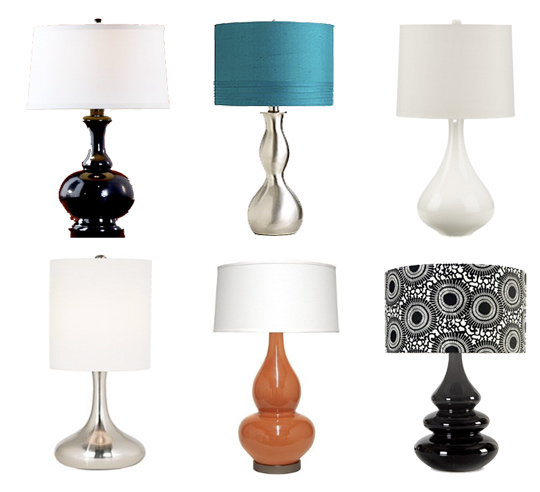 Lamps
Lamps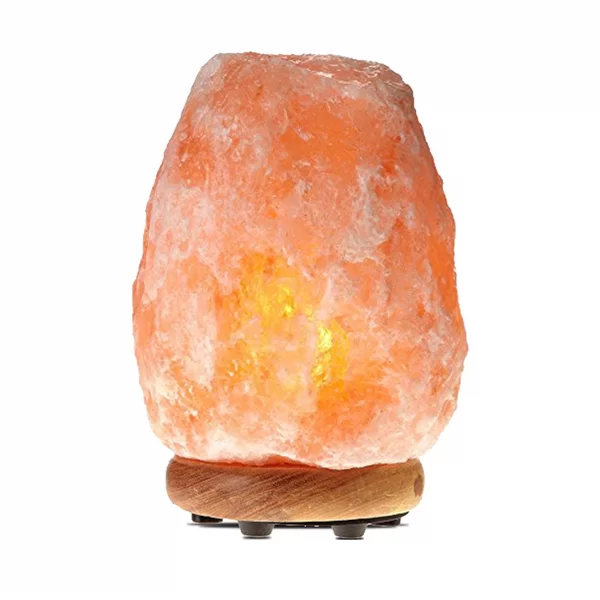 Himalayan Salt Lamps
Himalayan Salt Lamps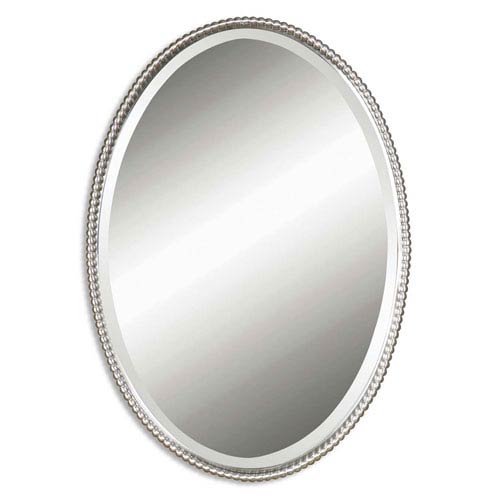 Metal or glass or plastic framed mirrors
Metal or glass or plastic framed mirrors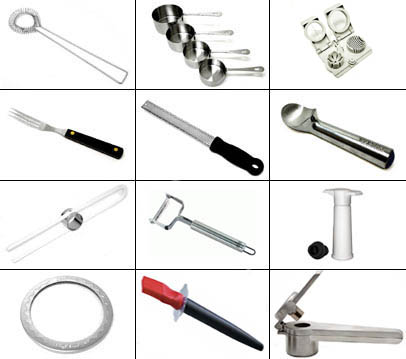 Kitchen Utensils & Gadgets
Kitchen Utensils & Gadgets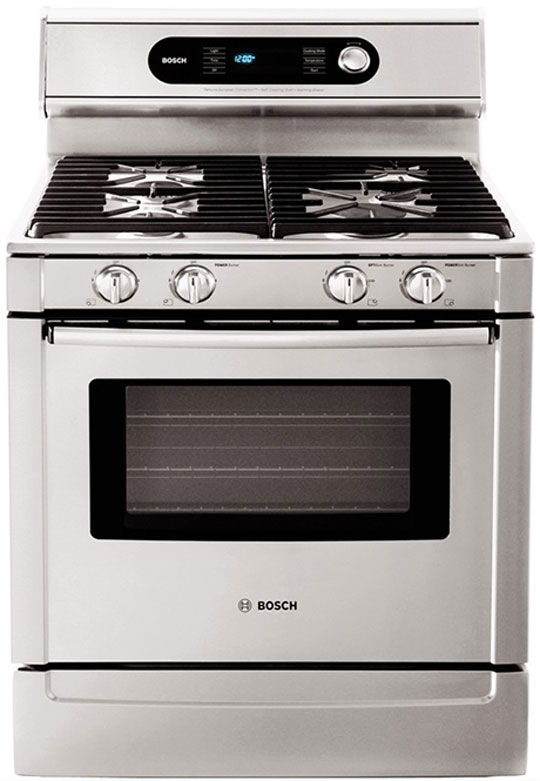 Stoves
Stoves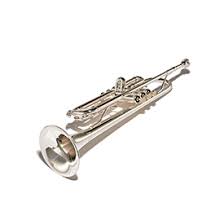 Brass Instruments & Flutes
Brass Instruments & Flutes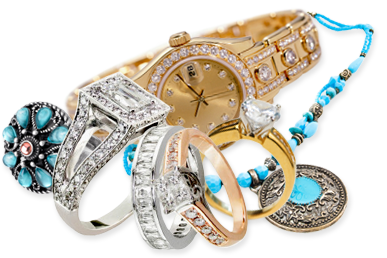 Jewelry
Jewelry
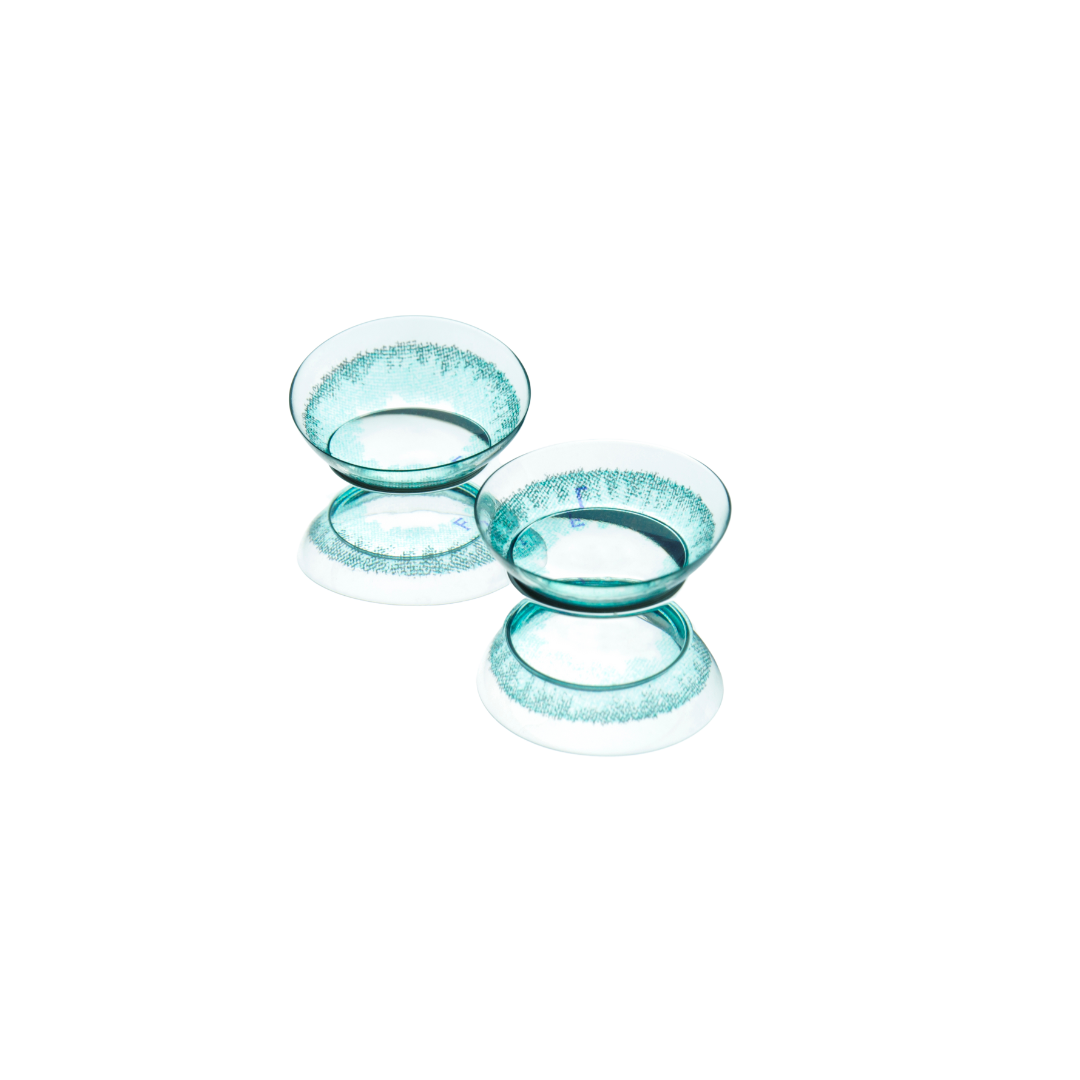 Contact Lenses
Contact Lenses 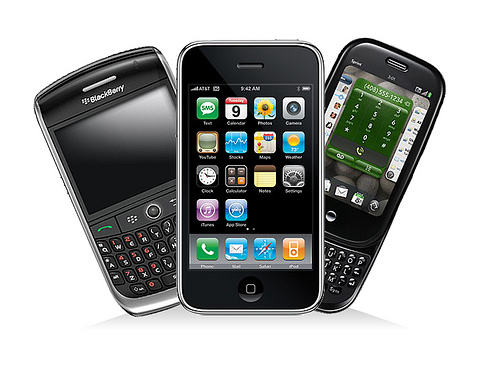 Cell Phones
Cell Phones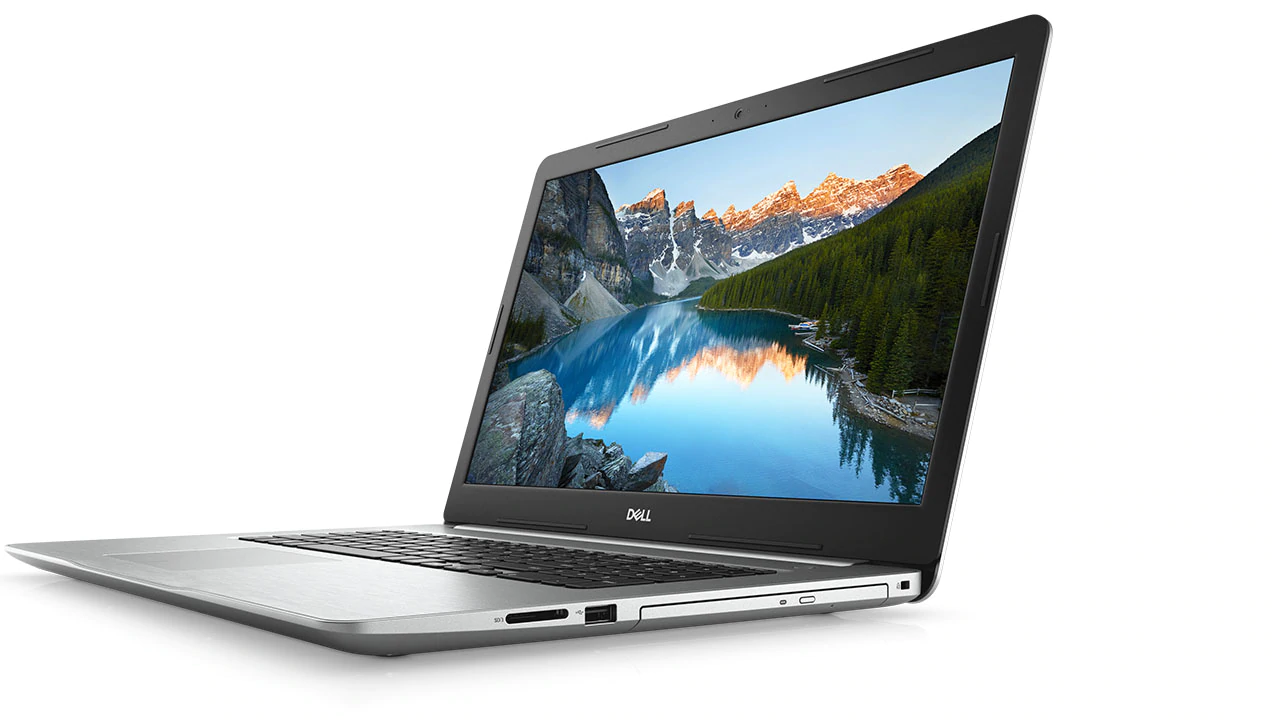
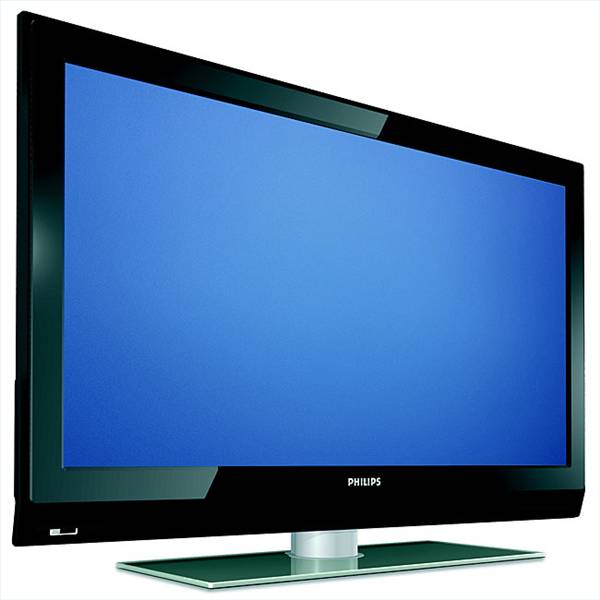
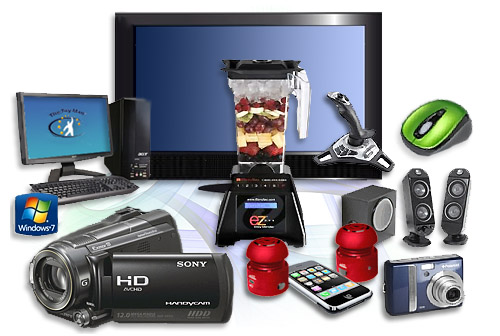 Electronics & equipment
Electronics & equipment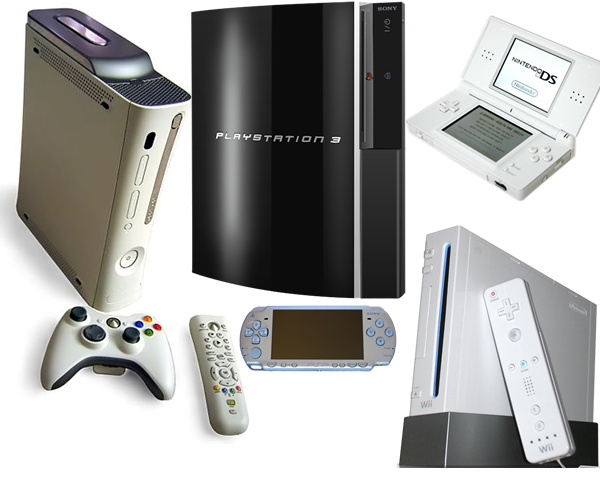 Video Games and Consoles
Video Games and Consoles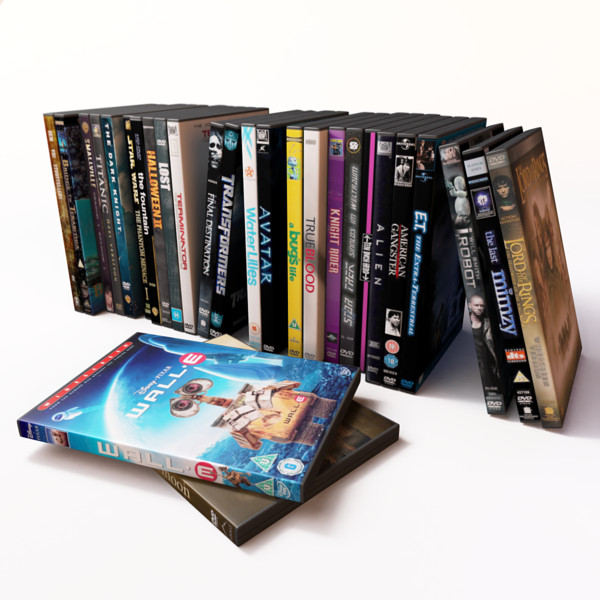 DVD's, CD's and Covers
DVD's, CD's and Covers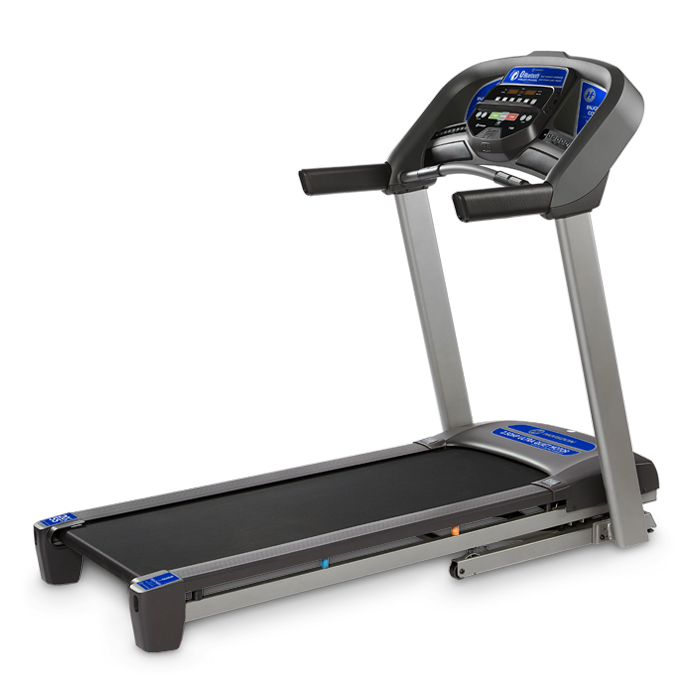
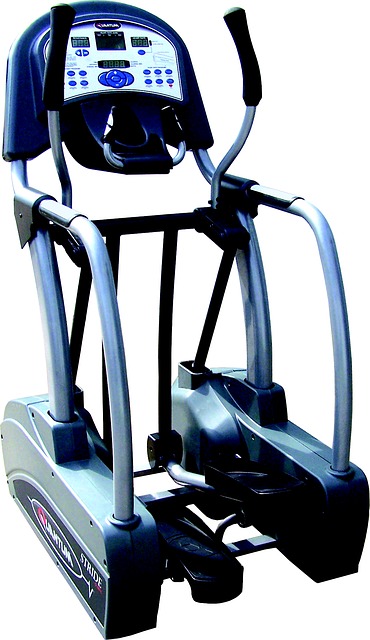 Exercise machines
Exercise machines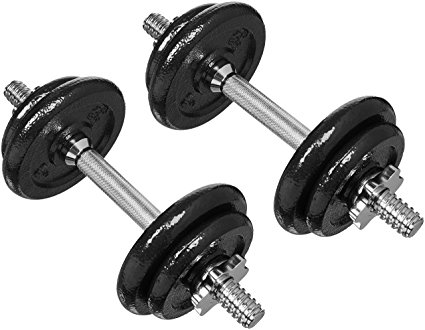
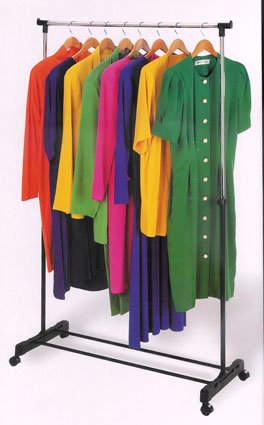 Machine Wash Clothing
Machine Wash Clothing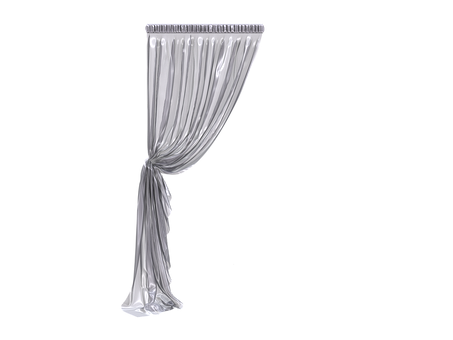 Curtains
Curtains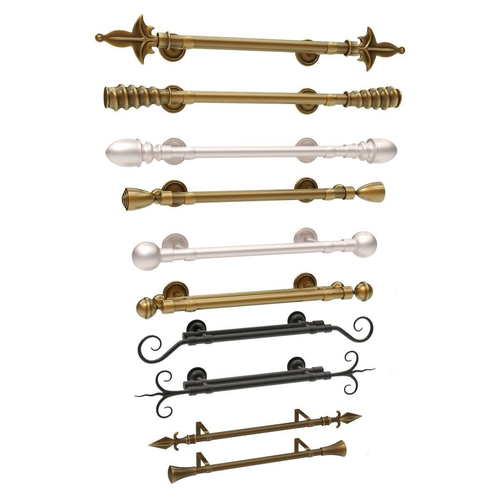 Curtain Rods
Curtain Rods Towels
Towels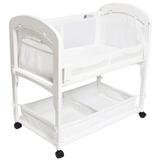 CoSleepers (metal or plastic) [cosleepers made of wooden wicker areNOT salvageable and must be thrown away for the safety safety of your child].
CoSleepers (metal or plastic) [cosleepers made of wooden wicker areNOT salvageable and must be thrown away for the safety safety of your child]. 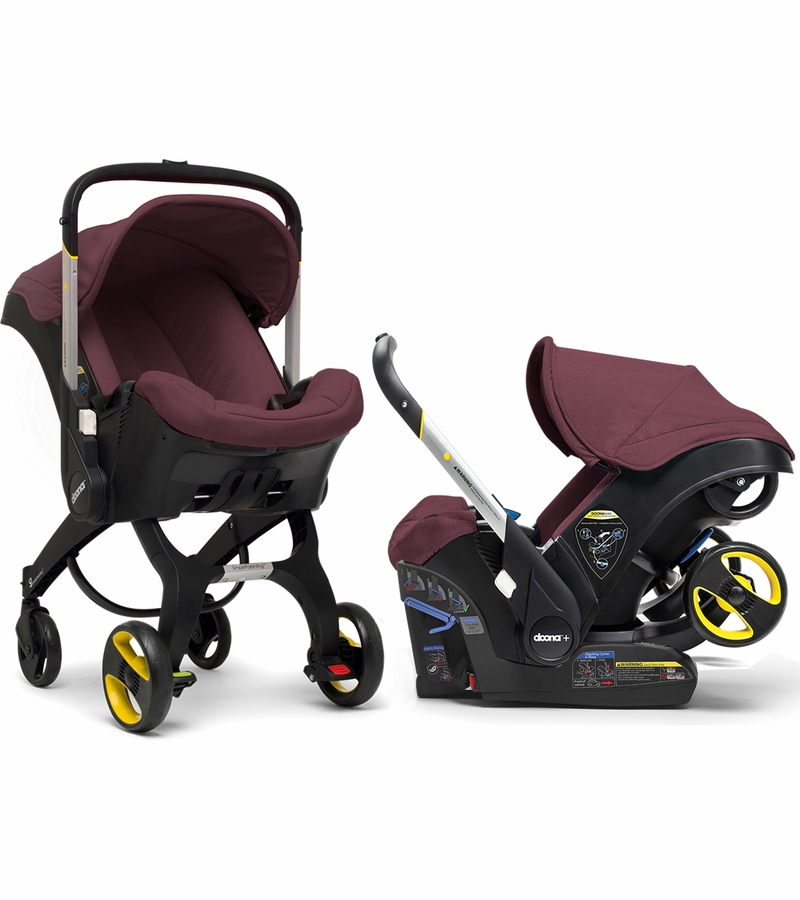 Baby Strollers & Car Seats
Baby Strollers & Car Seats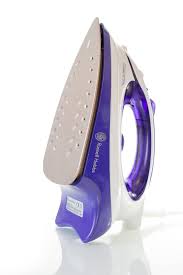 Irons - you can submerge irons in a bucket with 50/50 ammonia and water just make sure it is NOT PLUGGED IN!!! when you do it. Let it sit outside in the sun for 3-4 hours and it will dry out...then you can take it to the new clean home.
Irons - you can submerge irons in a bucket with 50/50 ammonia and water just make sure it is NOT PLUGGED IN!!! when you do it. Let it sit outside in the sun for 3-4 hours and it will dry out...then you can take it to the new clean home. 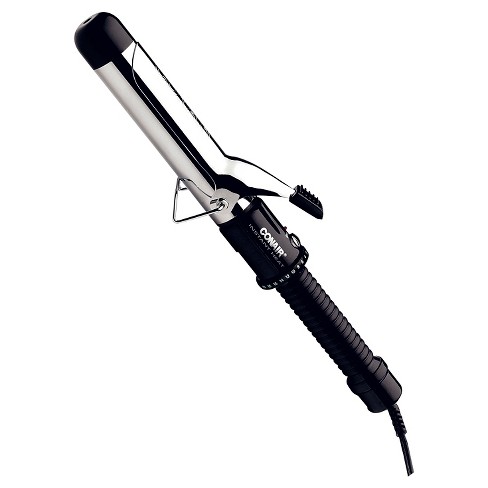 Curling Irons
Curling Irons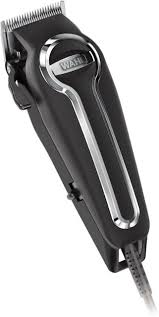 Hair Clippers
Hair Clippers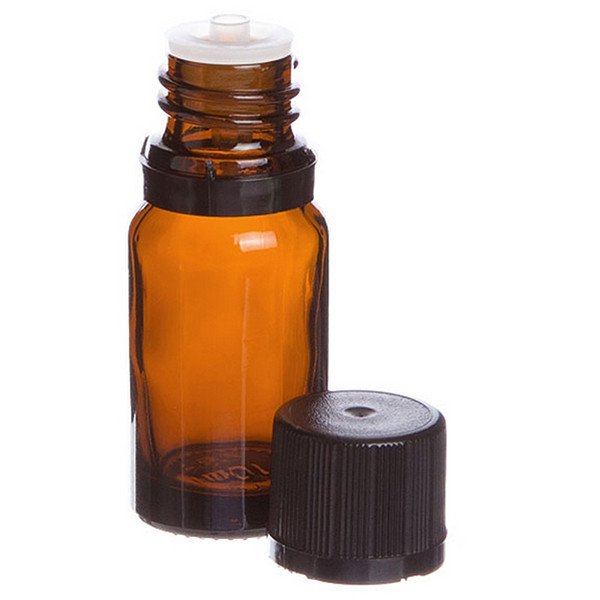 Essential Oil Bottles
Essential Oil Bottles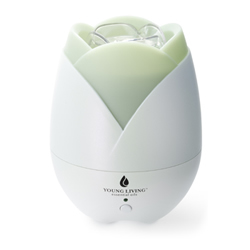 Essential Oil Diffusers
Essential Oil Diffusers 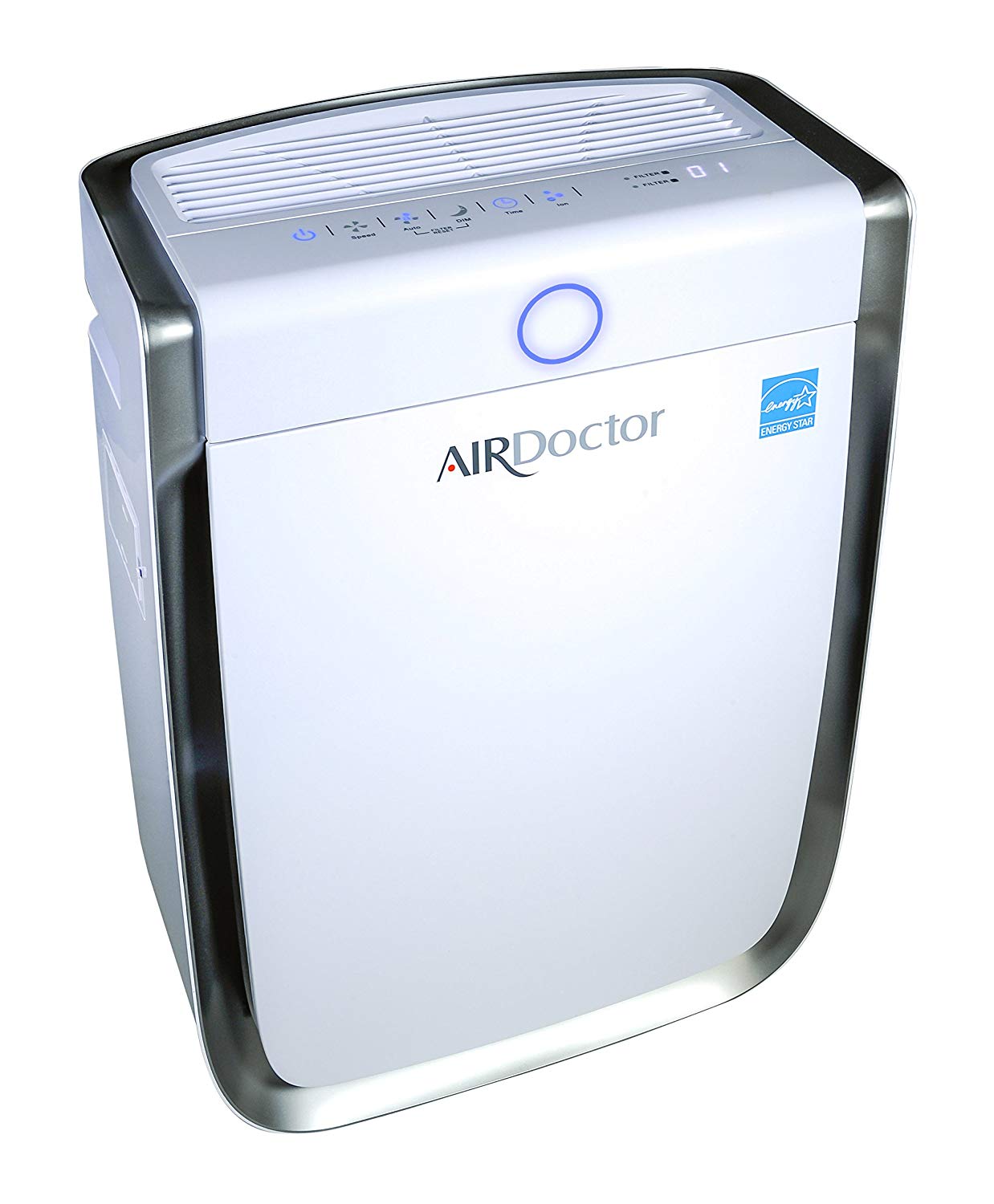 Air Purifiers
Air Purifiers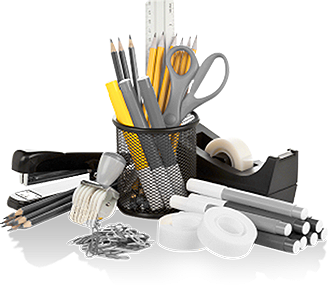 Most small "solid" office supplies
Most small "solid" office supplies 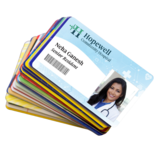 Solid plastic IDs, Solid plastic Credit cards or Debit Cards, Solid plastic key entry cards. These can be washed in a sink, bowl or bucket with any approved neutralizing agent and then dried using only a microfiber cloth. (Avoid drying items with paper towels or cotton rags or towels as this leaves behind organic matter that mold spores feed on. )
Solid plastic IDs, Solid plastic Credit cards or Debit Cards, Solid plastic key entry cards. These can be washed in a sink, bowl or bucket with any approved neutralizing agent and then dried using only a microfiber cloth. (Avoid drying items with paper towels or cotton rags or towels as this leaves behind organic matter that mold spores feed on. )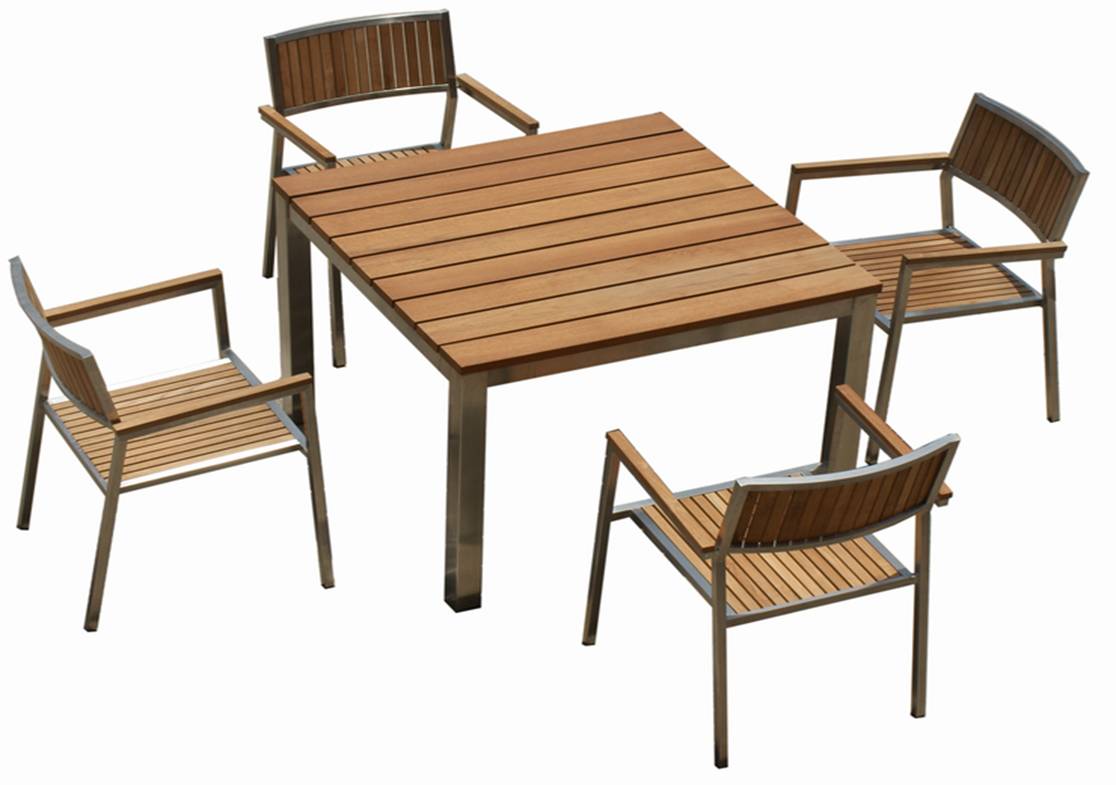 Outdoor Furniture.
Outdoor Furniture. 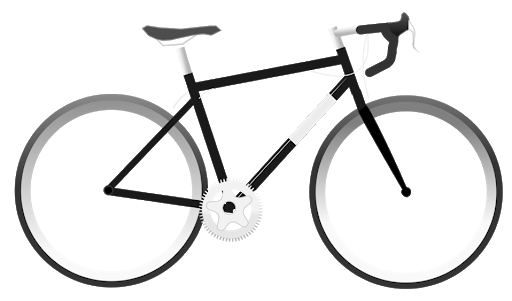 Bikes
Bikes Tools
Tools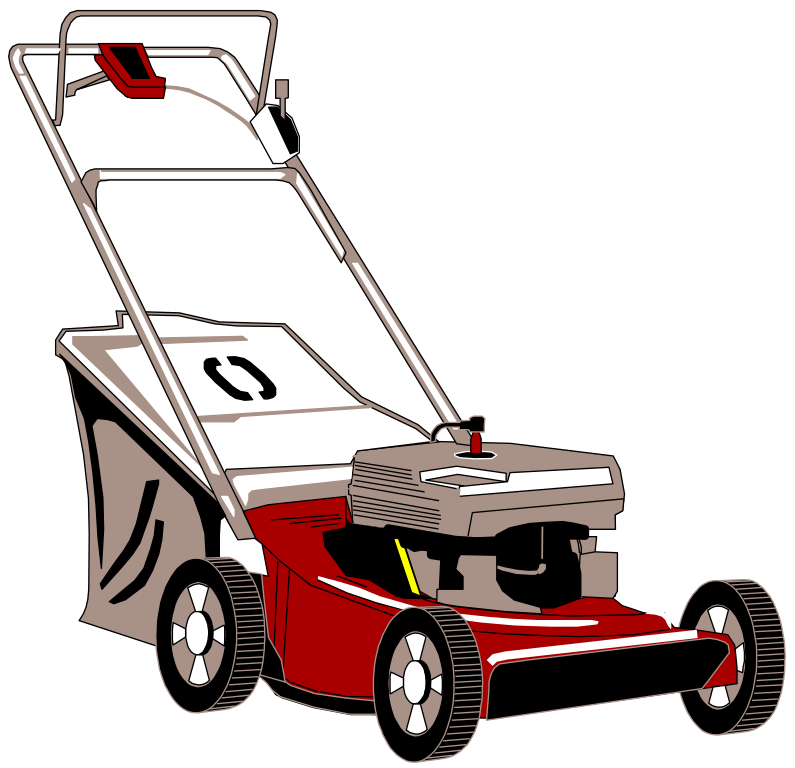 ALL Lawn Equipment
ALL Lawn Equipment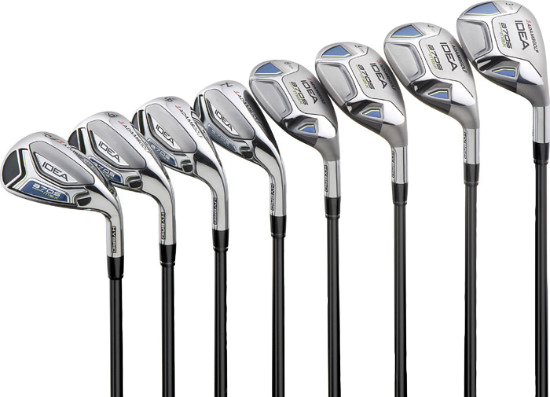 Golf Clubs & Gold Balls
Golf Clubs & Gold Balls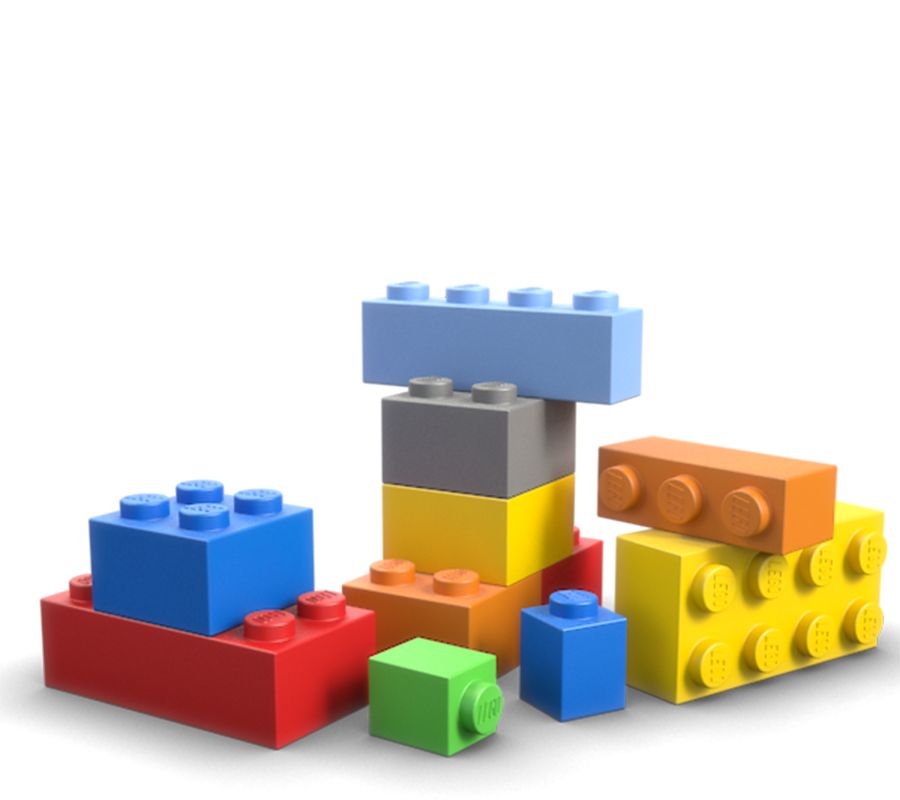
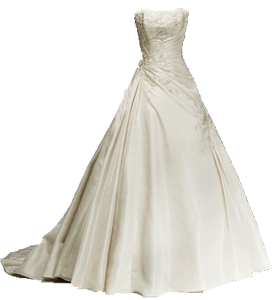

 Wool Coats
Wool Coats 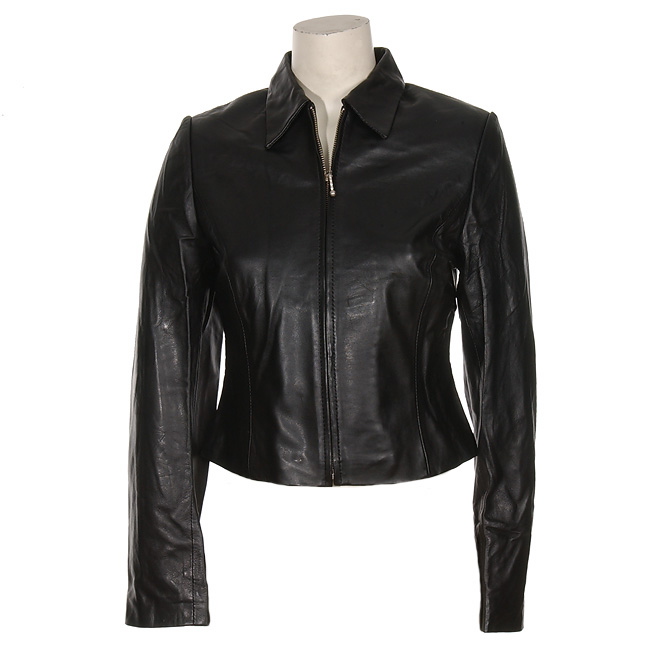 Leather Coats
Leather Coats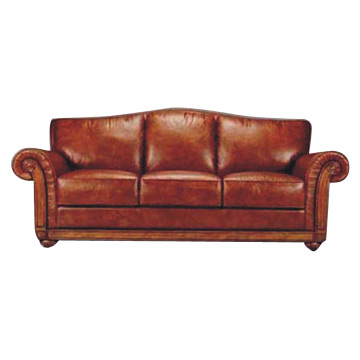 Leather Furniture
Leather Furniture 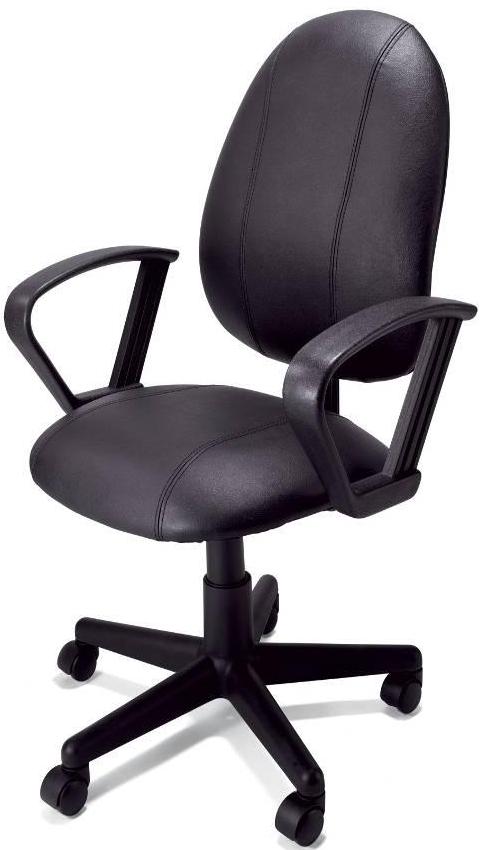 Padded office chairs
Padded office chairs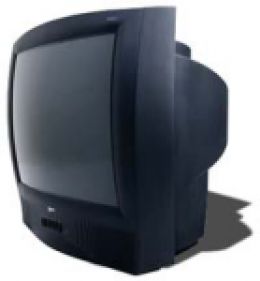 Older model TV's with vents in the back
Older model TV's with vents in the back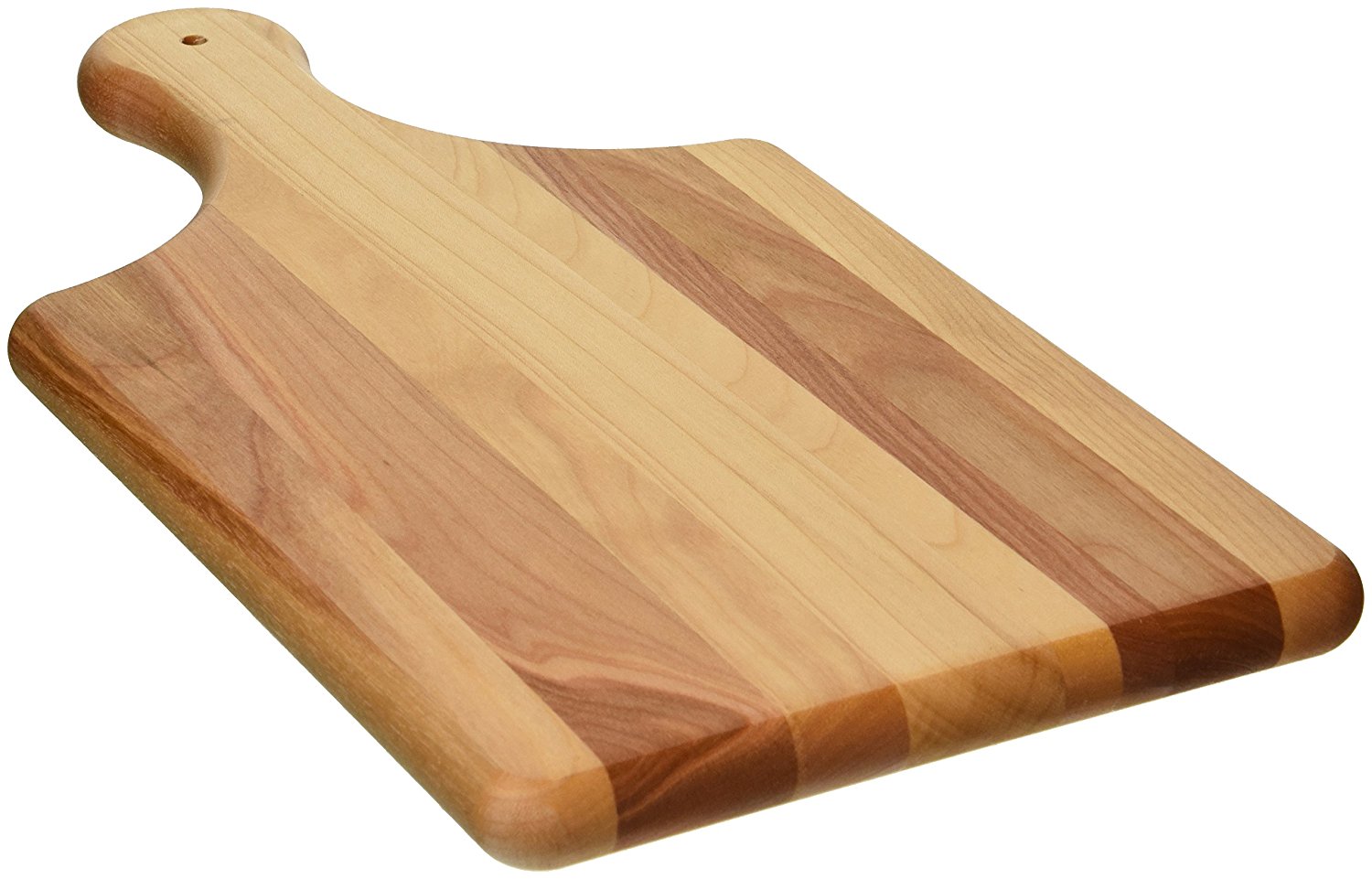 Wood Cutting Boards
Wood Cutting Boards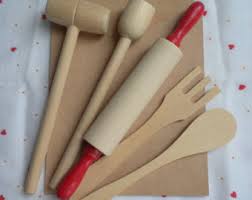 Wooden Kitchen Utensils
Wooden Kitchen Utensils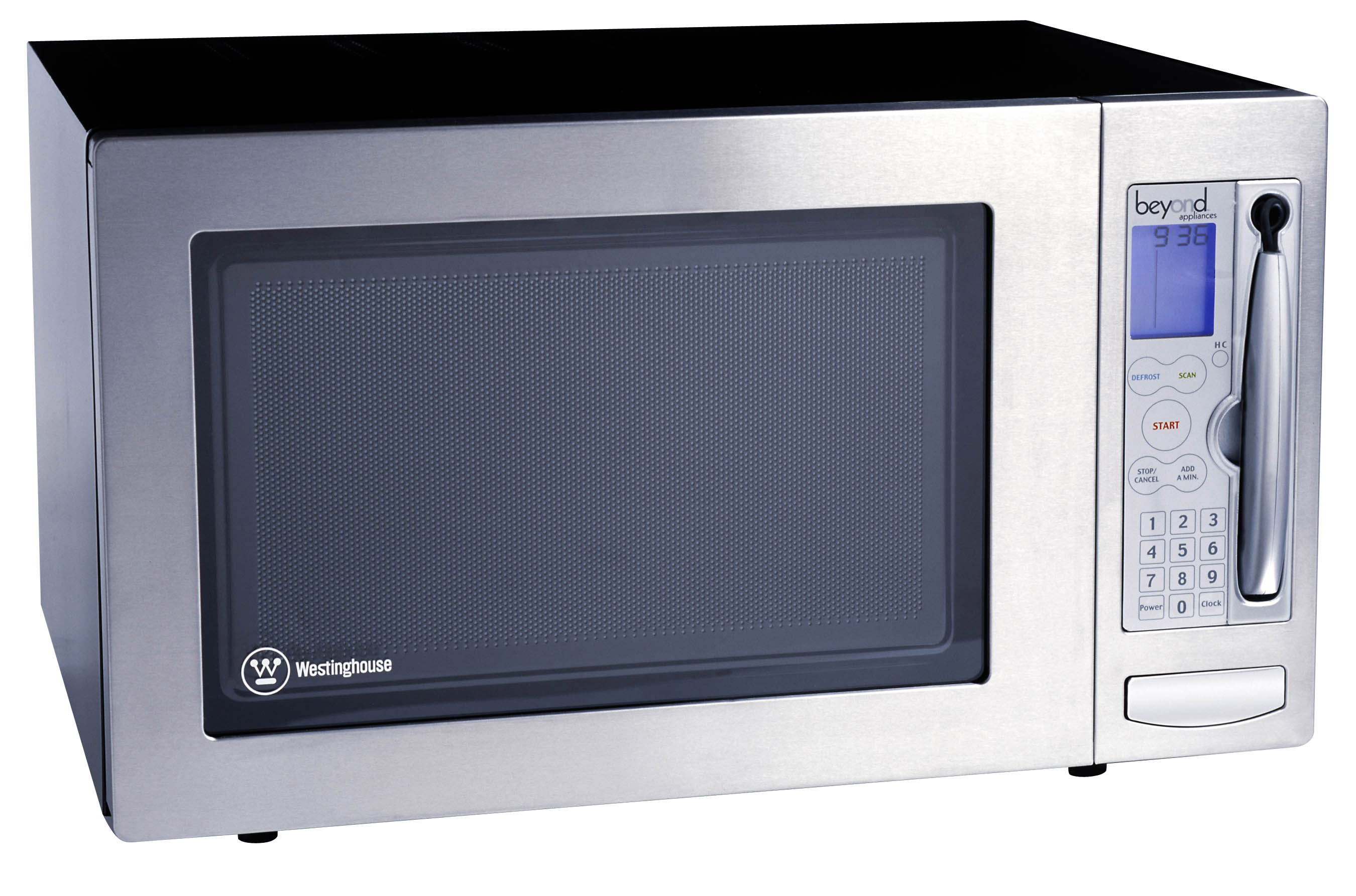 Microwaves
Microwaves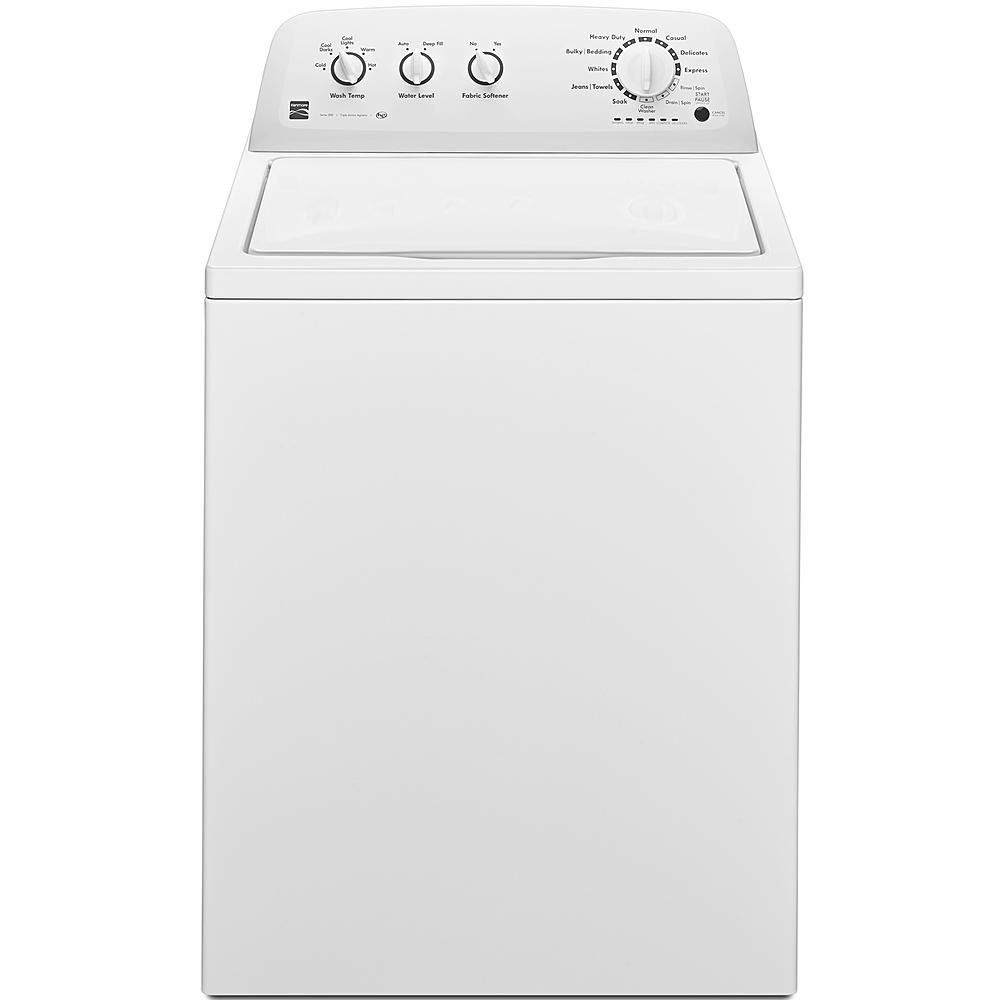 Washers
Washers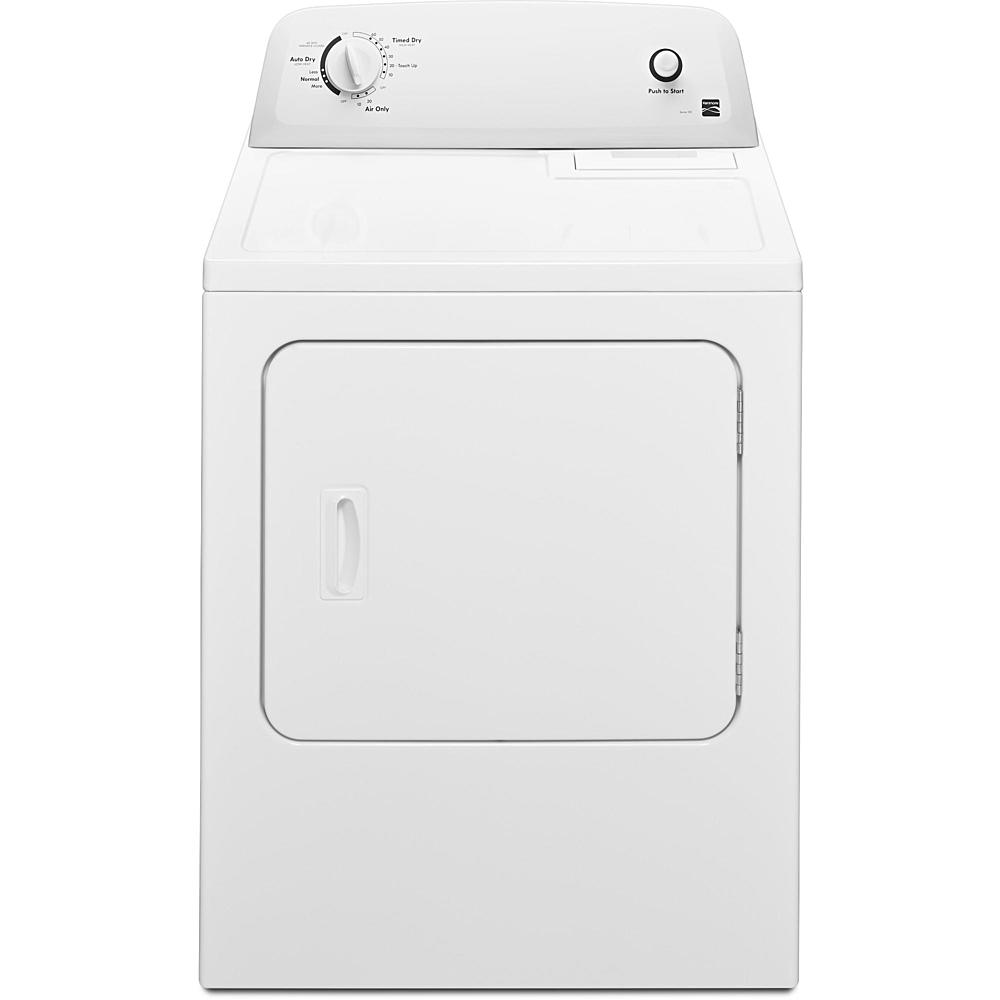 Dryers
Dryers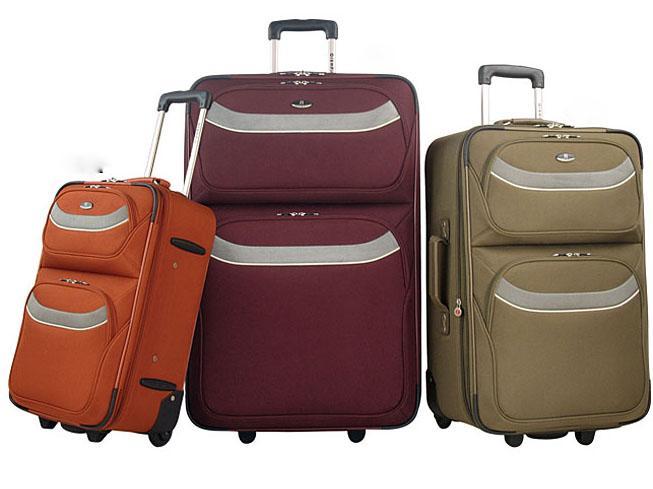 Suitcases
Suitcases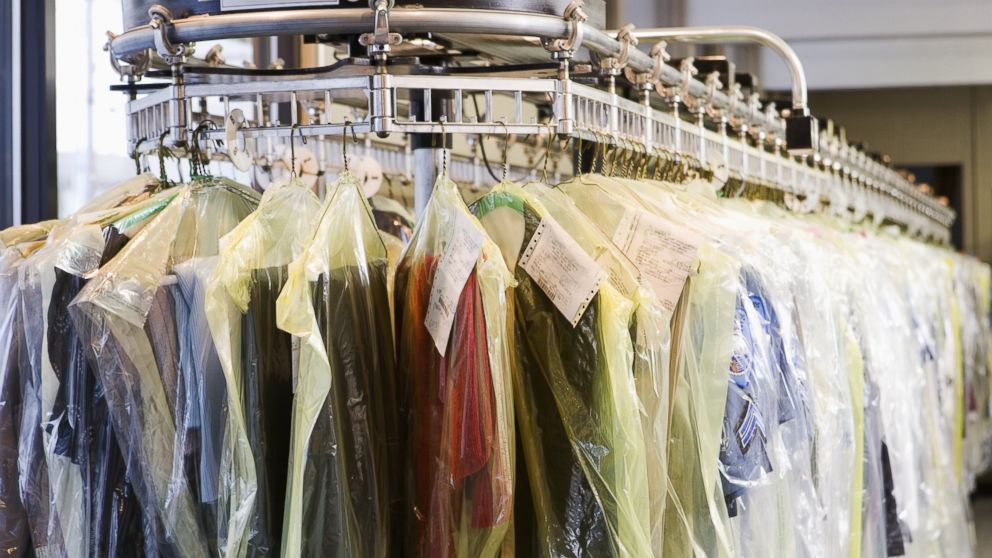 Dry Clean Only clothing
Dry Clean Only clothing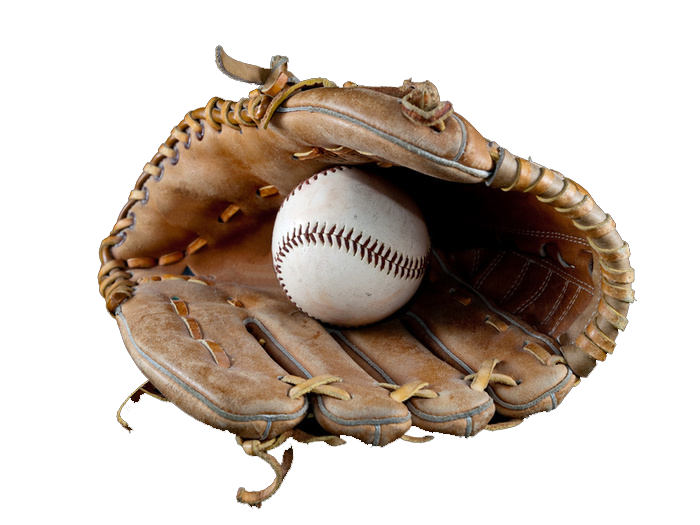 Leather balls and Baseball mits (The same thing that applies to all leather or even "pleather" items applies to Leather balls and baseball mits (*note: leather cannot be cleaned in ammonia because it might cause it to peel.
Leather balls and Baseball mits (The same thing that applies to all leather or even "pleather" items applies to Leather balls and baseball mits (*note: leather cannot be cleaned in ammonia because it might cause it to peel. 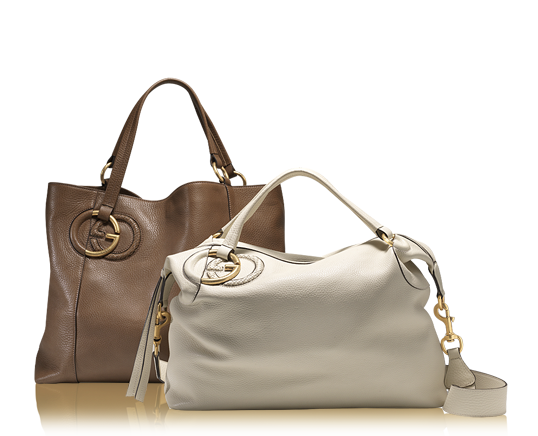 Leather purses (The same thing that applies to all leather or even "pleather" items applies to purses (*note: leather cannot be cleaned in ammonia because it might cause it to peel.
Leather purses (The same thing that applies to all leather or even "pleather" items applies to purses (*note: leather cannot be cleaned in ammonia because it might cause it to peel. 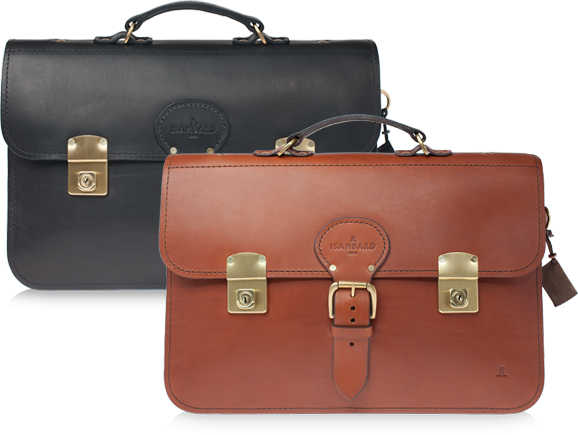 Leather brief cases (The same thing that applies to all leather or even "pleather" items applies to leather brief cases and bags (*note: leather cannot be cleaned in ammonia because it might cause it to peel.
Leather brief cases (The same thing that applies to all leather or even "pleather" items applies to leather brief cases and bags (*note: leather cannot be cleaned in ammonia because it might cause it to peel. 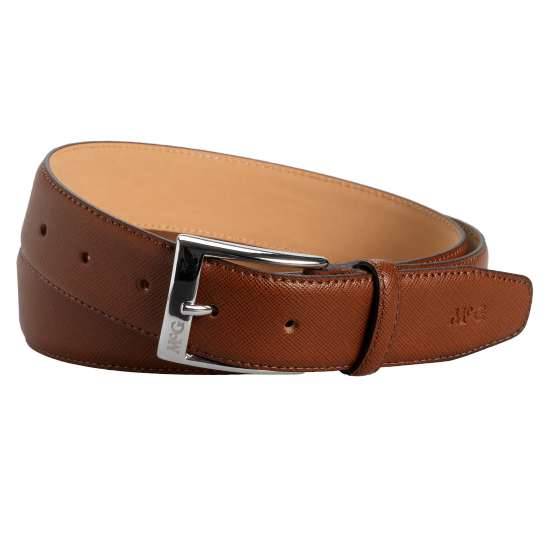 Belts (The same thing that applies to all leather or even "pleather" items applies to purses (*note: leather cannot be cleaned in ammonia because it might cause it to peel.
Belts (The same thing that applies to all leather or even "pleather" items applies to purses (*note: leather cannot be cleaned in ammonia because it might cause it to peel. 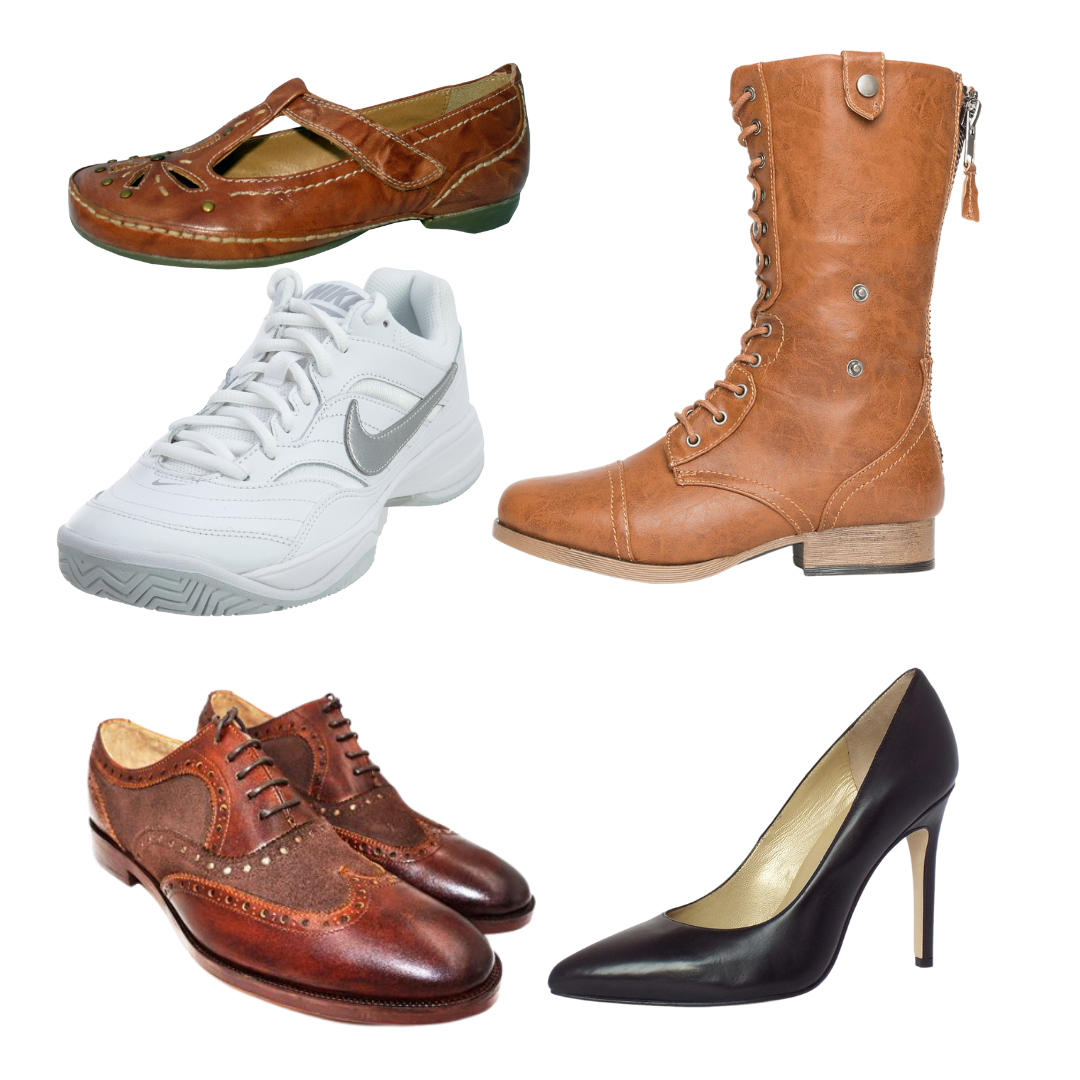 ALL Leather Shoes - This "DOES NOT" include canvas, plastic or faux leather. This only includes solid real leather shoes. (The same thing that applies to all leather or even "pleather" items applies to leather shoes (*note: leather cannot be cleaned in ammonia because it might cause it to peel.
ALL Leather Shoes - This "DOES NOT" include canvas, plastic or faux leather. This only includes solid real leather shoes. (The same thing that applies to all leather or even "pleather" items applies to leather shoes (*note: leather cannot be cleaned in ammonia because it might cause it to peel. 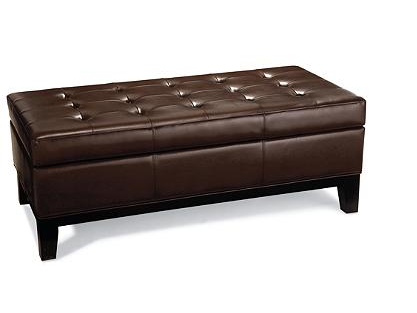 Leather chairs or ottomans (The same thing that applies to all leather or even "pleather" items applies to purses (*note: leather cannot be cleaned in ammonia because it might cause it to peel.
Leather chairs or ottomans (The same thing that applies to all leather or even "pleather" items applies to purses (*note: leather cannot be cleaned in ammonia because it might cause it to peel. 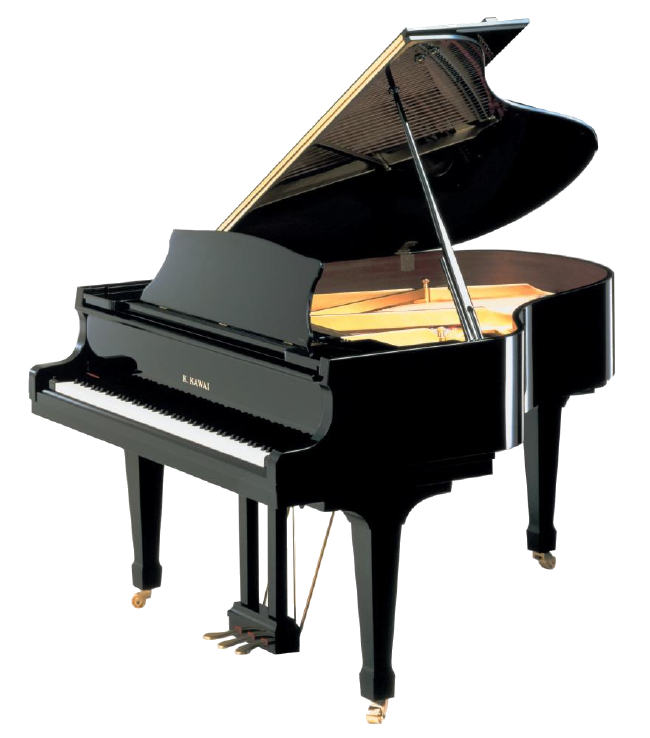 Grand Pianos
Grand Pianos 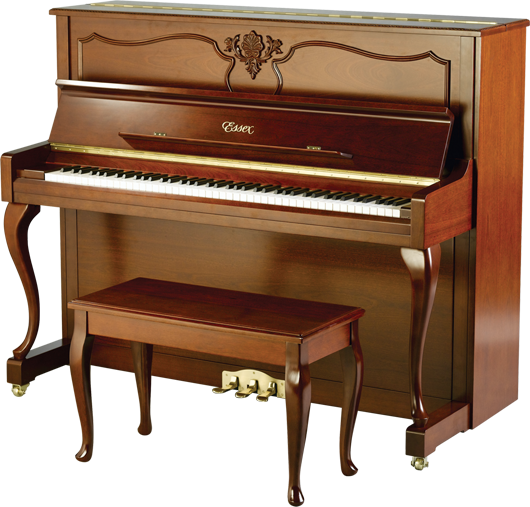 Upright Pianos (mycotoxins and mold spores will cause infestations inside the piano itself which is always made of raw wood and felt hammers) These are very very risky to keep and should be cleaned as best as possible and sold to someone who is not mold sensitive.
Upright Pianos (mycotoxins and mold spores will cause infestations inside the piano itself which is always made of raw wood and felt hammers) These are very very risky to keep and should be cleaned as best as possible and sold to someone who is not mold sensitive. 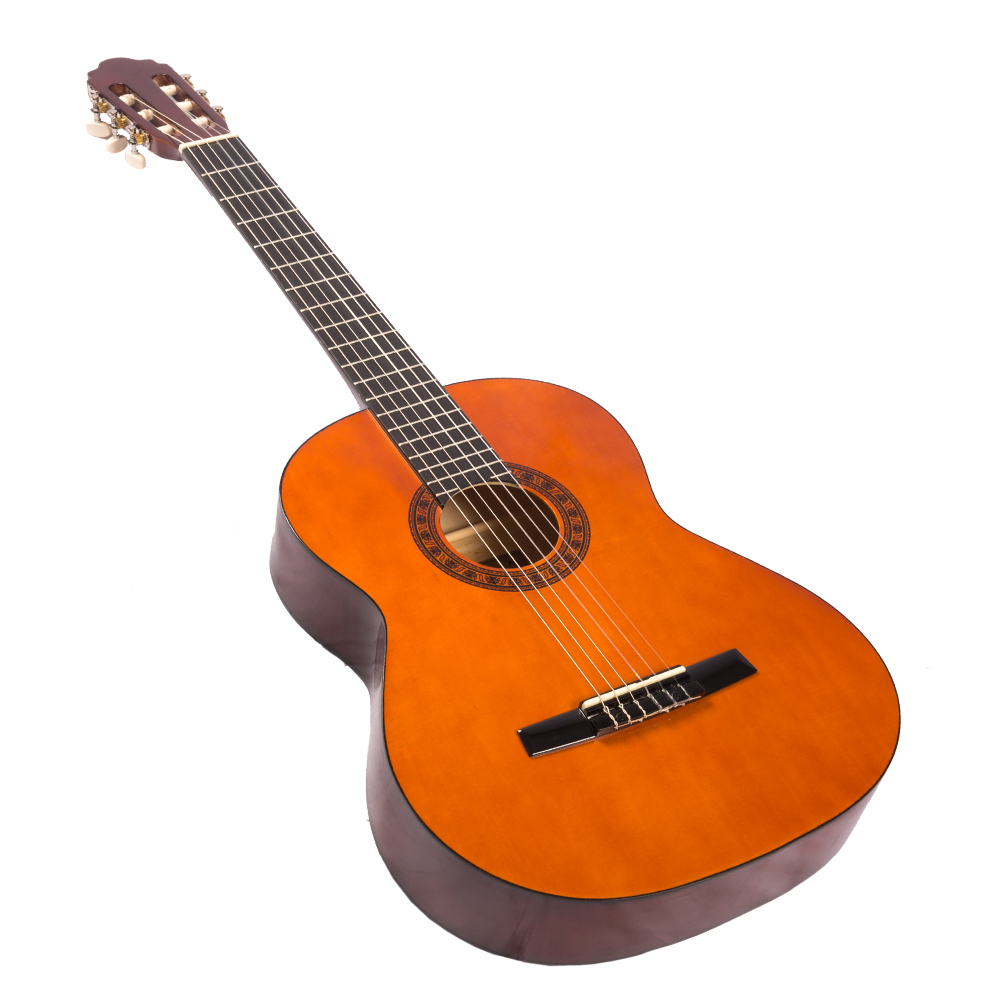
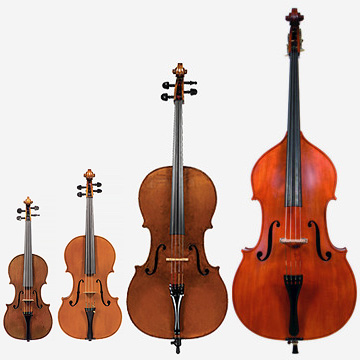
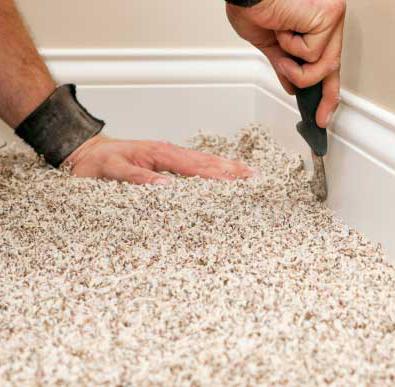 All carpeting in the home ALL carpeting in the moldy home must be removed and discarded. It cannot be cleaned, even by a professional. Mold spores grow downward and any home that tests positive for toxic strains of mold peticularly Aspergillus, Penicillium, Chaetomium, Stachybotrys or Wallemia MUST BE DISCARDED. It is wise NOT to replace rooms with more new carpeting but to replace with mold resistant and non toxic flooring options like the ones
All carpeting in the home ALL carpeting in the moldy home must be removed and discarded. It cannot be cleaned, even by a professional. Mold spores grow downward and any home that tests positive for toxic strains of mold peticularly Aspergillus, Penicillium, Chaetomium, Stachybotrys or Wallemia MUST BE DISCARDED. It is wise NOT to replace rooms with more new carpeting but to replace with mold resistant and non toxic flooring options like the ones  Area rugs All area rugs that CANNOT BE WASHED or are too large to fit into a washer. These cannot be saved and they are high on the list for cross contaminating a clean environment. Mold
Area rugs All area rugs that CANNOT BE WASHED or are too large to fit into a washer. These cannot be saved and they are high on the list for cross contaminating a clean environment. Mold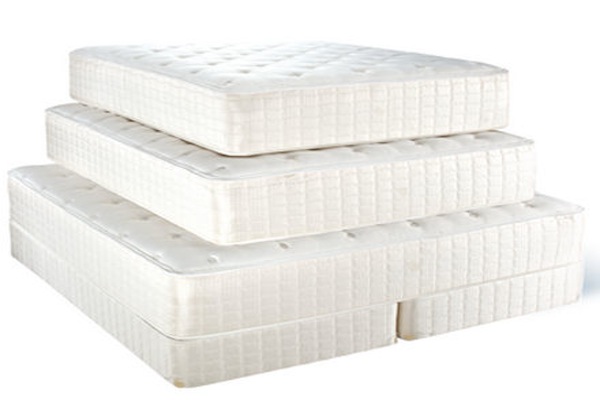
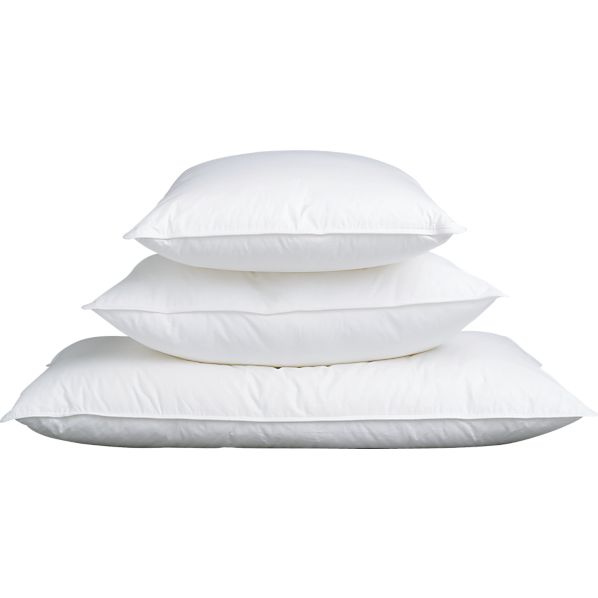
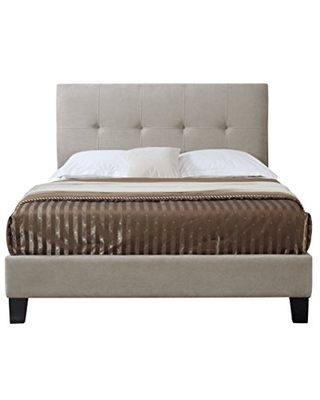
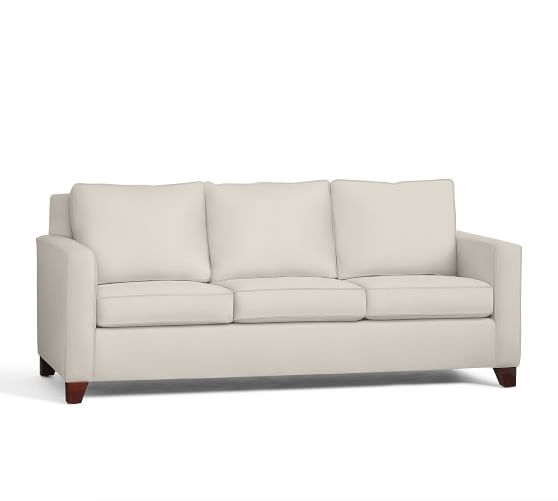 Couches
Couches 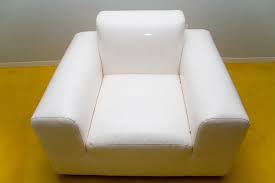
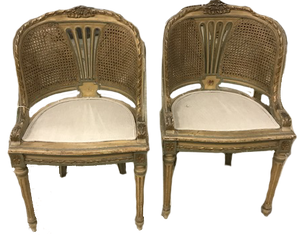 Antiques
Antiques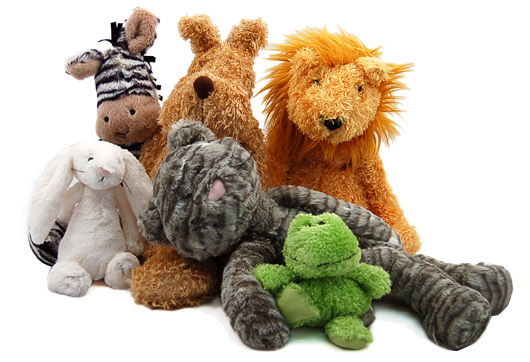
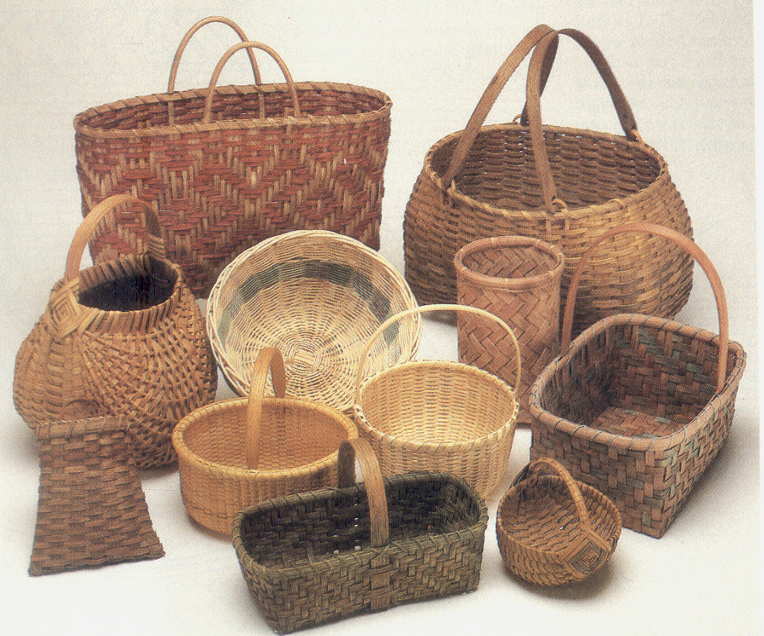
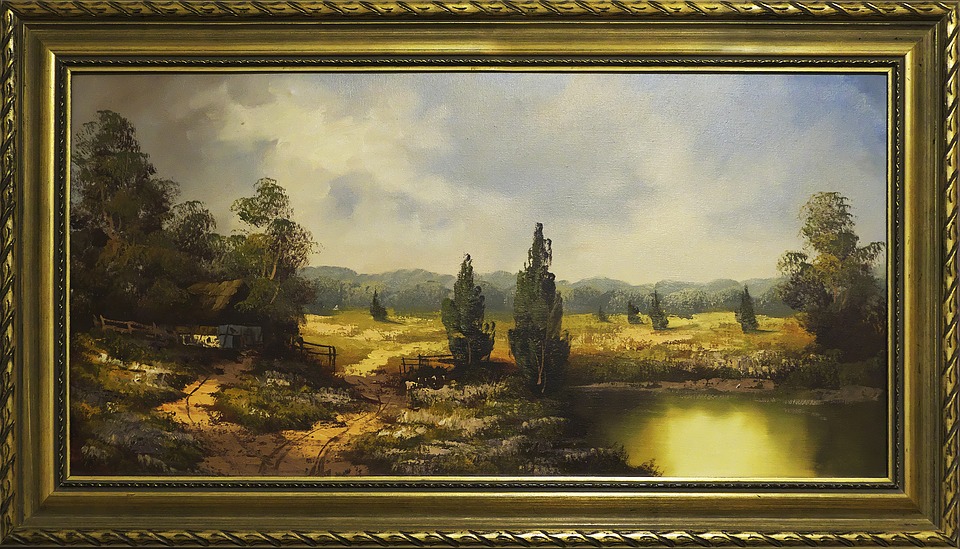
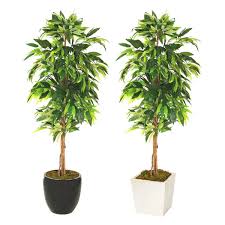 Silk Faux Plants Silk Faux plants are often made of fibers and materials that are extremely porous. These fibers harbor mold spores and mycotoxin deep into the porous fibers and use it as fuel or food to survive. Anything made of raw fibers cannot be cleaned, nor can it be saved and needs to be thrown away.
Silk Faux Plants Silk Faux plants are often made of fibers and materials that are extremely porous. These fibers harbor mold spores and mycotoxin deep into the porous fibers and use it as fuel or food to survive. Anything made of raw fibers cannot be cleaned, nor can it be saved and needs to be thrown away. Food is especially at risk in a water damaged building and all food needs to be completely discarded. The only exception are canned goods, unopened water bottles, unopened jars or unopened and sealed non perishable items and frozen items that were vacuum sealed. Dry stored ingredients, herbs and spices should all be discarded and replaced. All other food should be discarded to avoid ongoing poisoning from the mycotoxin that could be potentially in the food.
Food is especially at risk in a water damaged building and all food needs to be completely discarded. The only exception are canned goods, unopened water bottles, unopened jars or unopened and sealed non perishable items and frozen items that were vacuum sealed. Dry stored ingredients, herbs and spices should all be discarded and replaced. All other food should be discarded to avoid ongoing poisoning from the mycotoxin that could be potentially in the food. 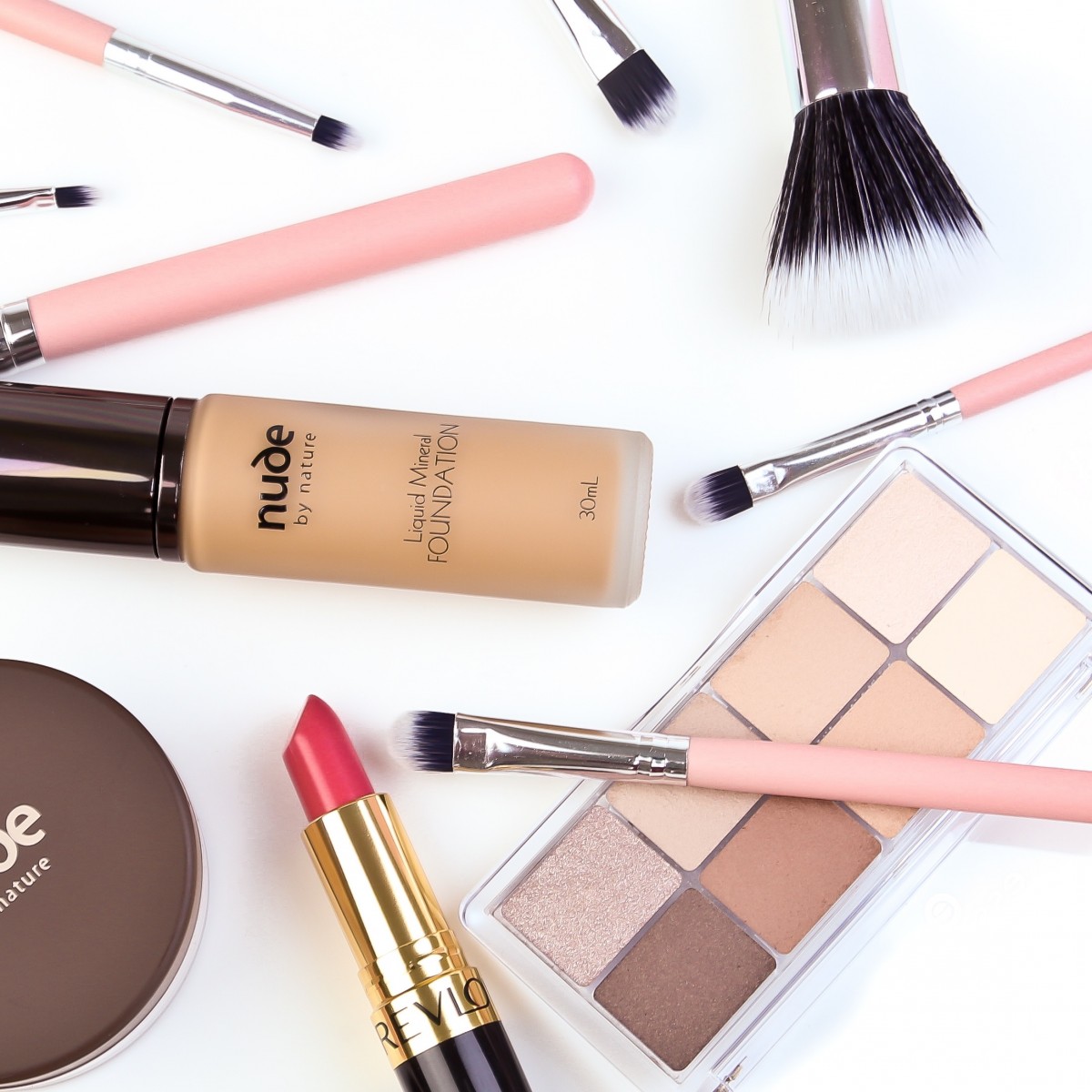
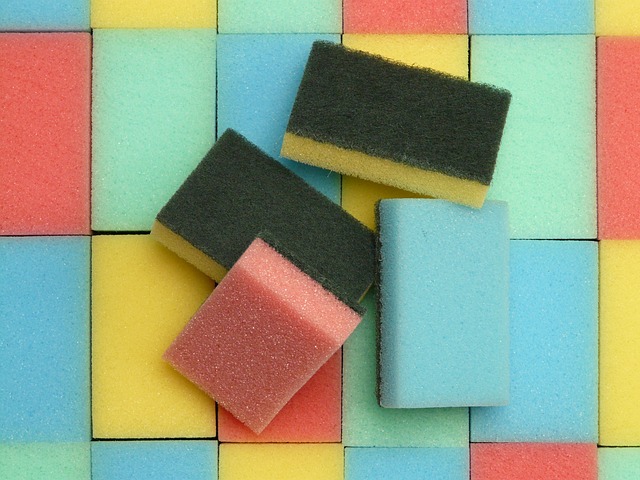
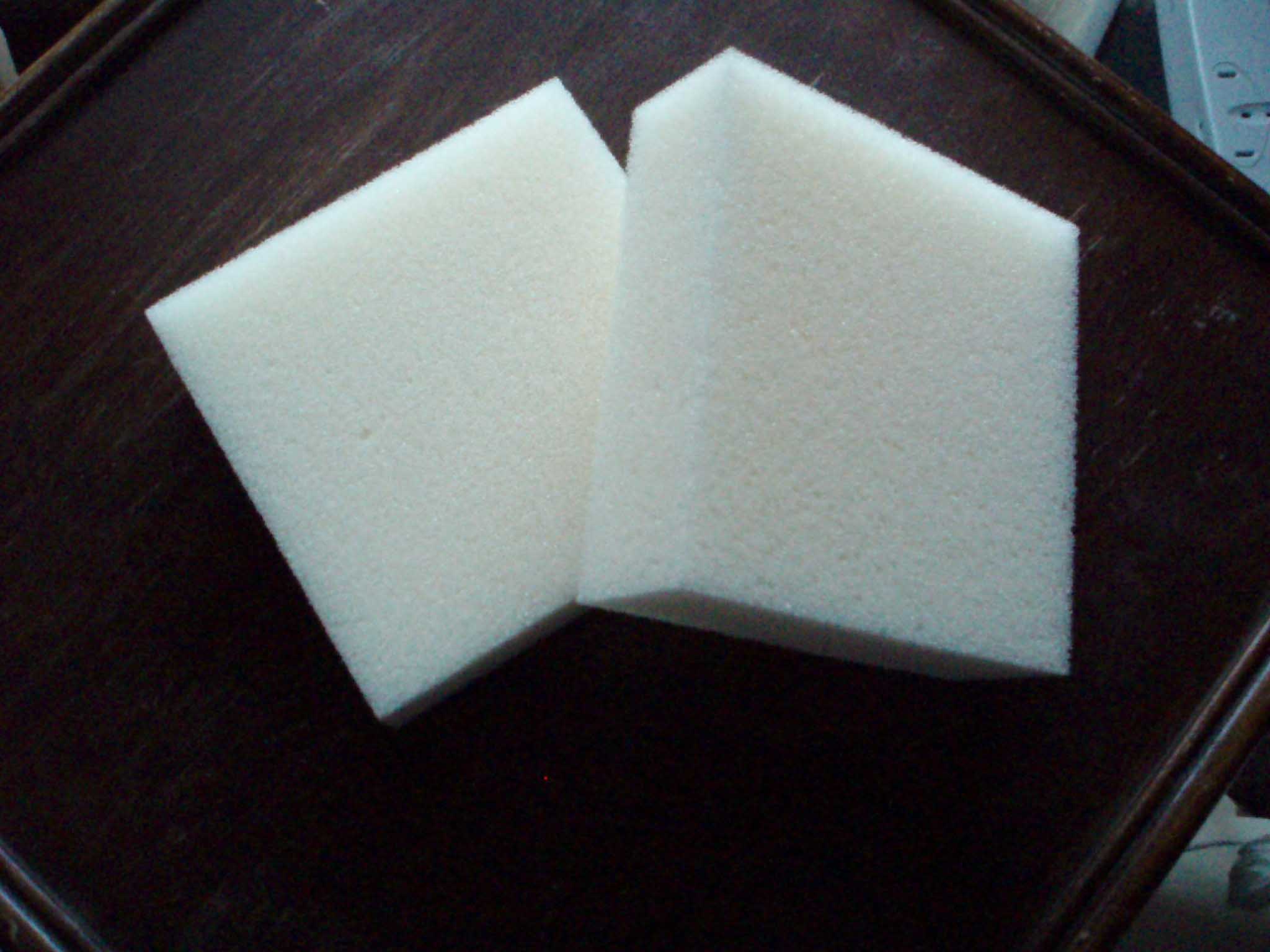
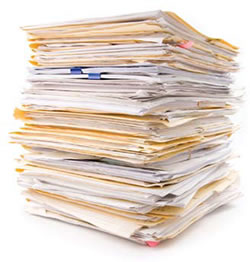
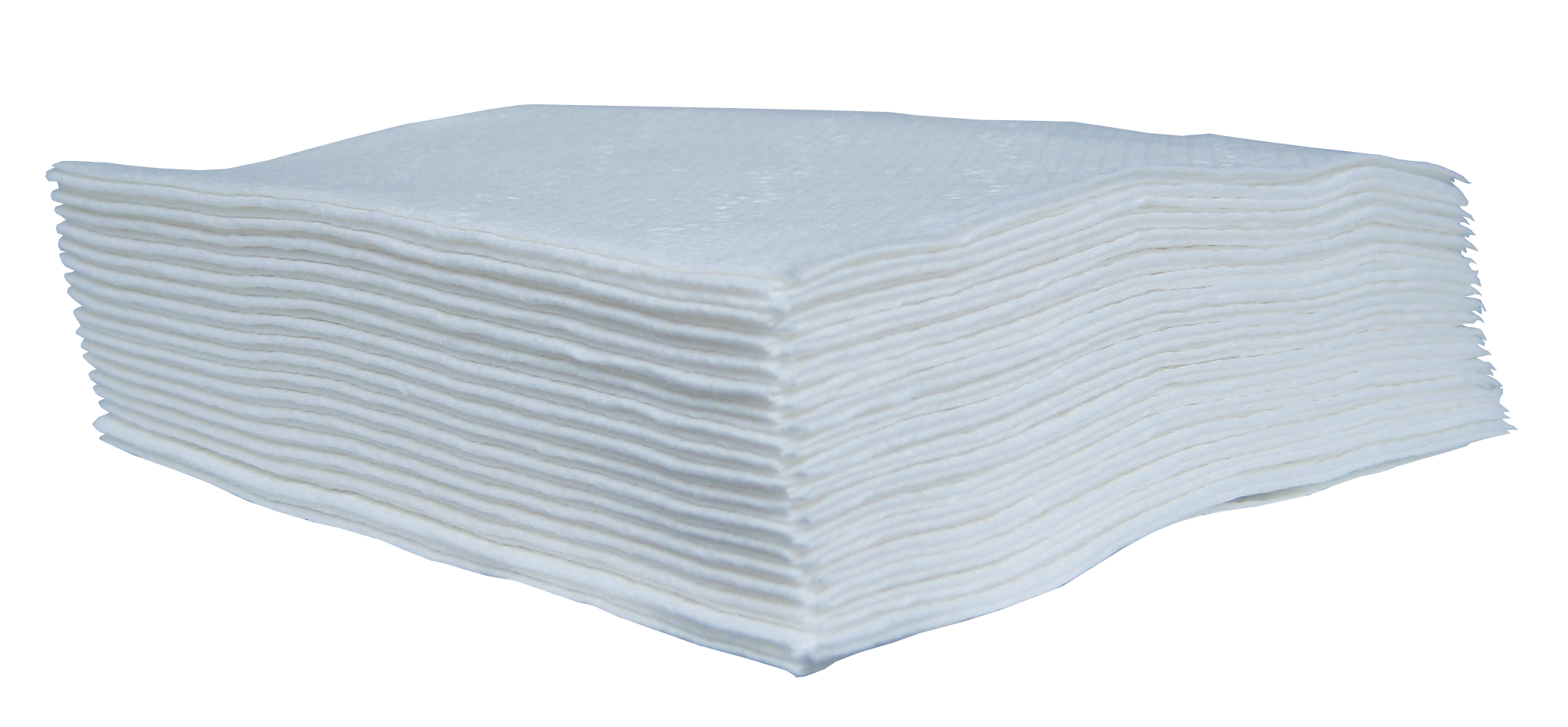
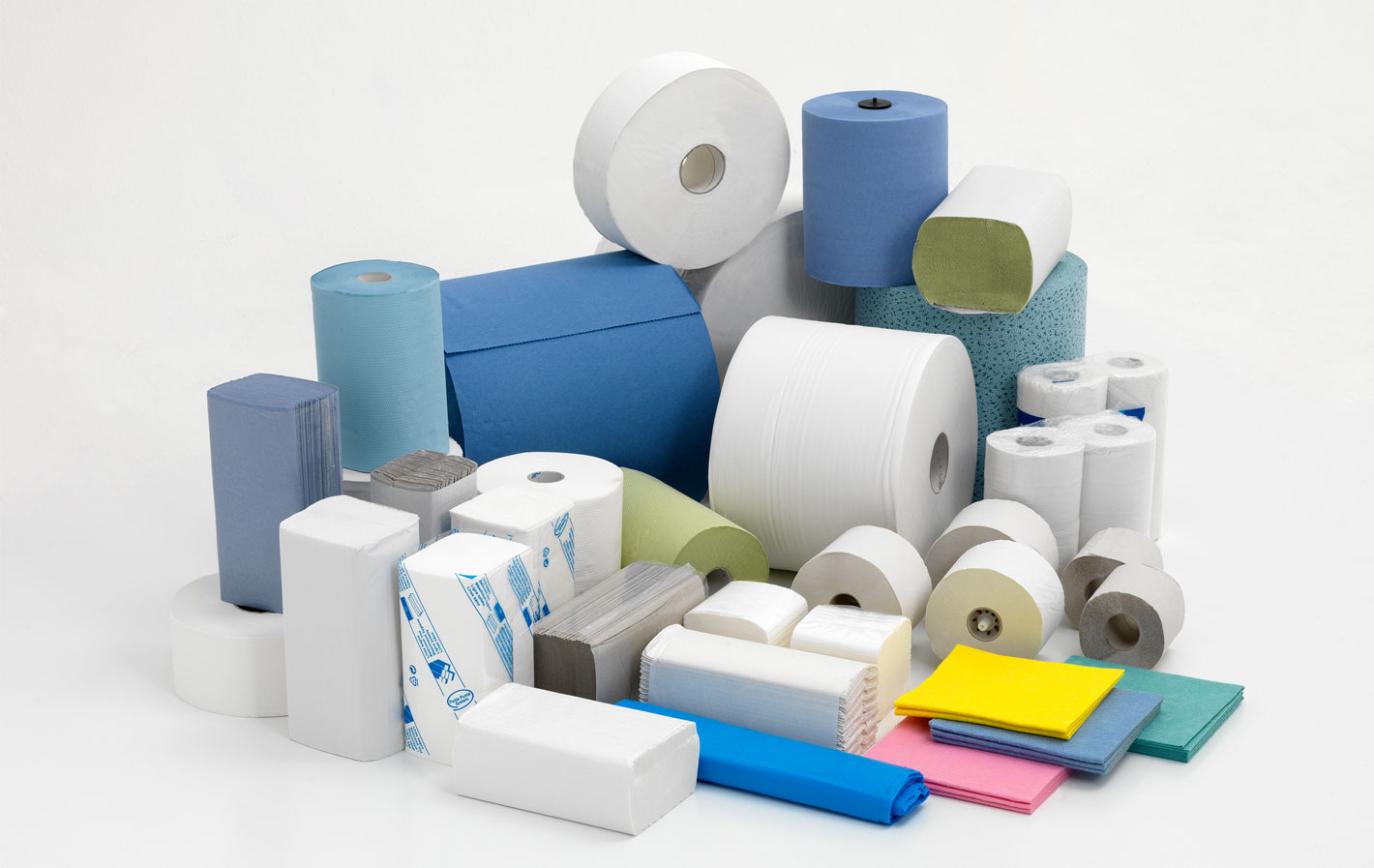

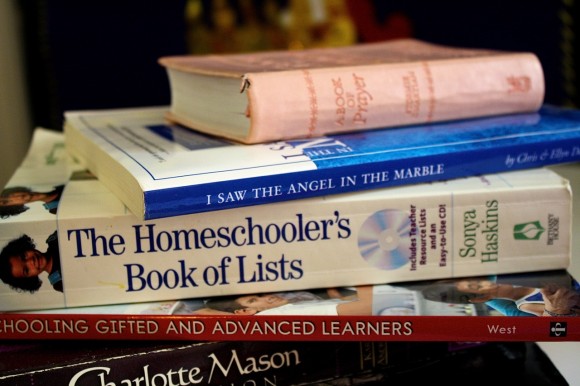 School Books (Homeschool & College, Public School) Mold feeds off of any and all paper products. It uses it as food to survive, expand and grow. Anything made of paper needs to be dicarded in plastic bags and disposed of properly away from the moldy property. Do not store paper in garages or car ports that are connected to a home. The risk of cross-contamination by paper is usually a 99% rate. Homeschool books are expensive, however...so is 10 years of chronic illness or organ failure. Protect your children by not allowing them use or access to any book that has been inside a water damaged and moldy home.
School Books (Homeschool & College, Public School) Mold feeds off of any and all paper products. It uses it as food to survive, expand and grow. Anything made of paper needs to be dicarded in plastic bags and disposed of properly away from the moldy property. Do not store paper in garages or car ports that are connected to a home. The risk of cross-contamination by paper is usually a 99% rate. Homeschool books are expensive, however...so is 10 years of chronic illness or organ failure. Protect your children by not allowing them use or access to any book that has been inside a water damaged and moldy home. 
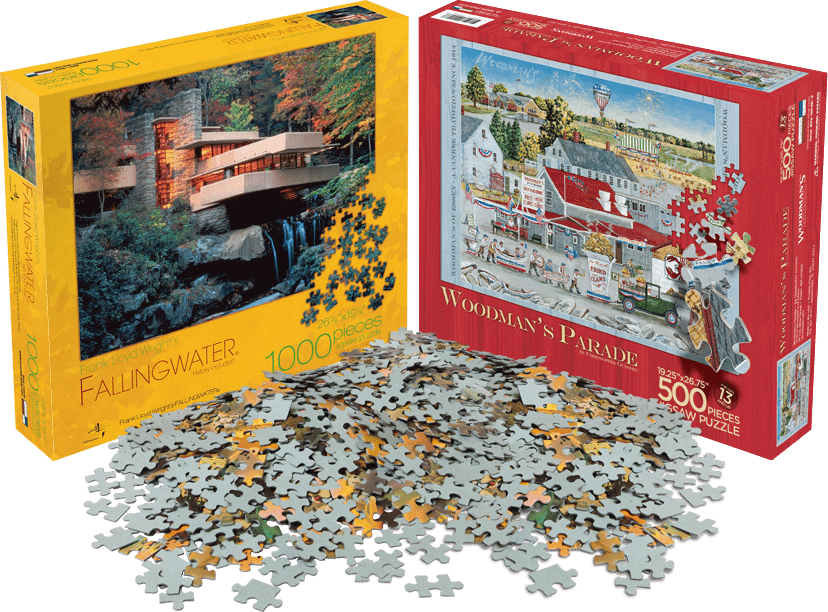
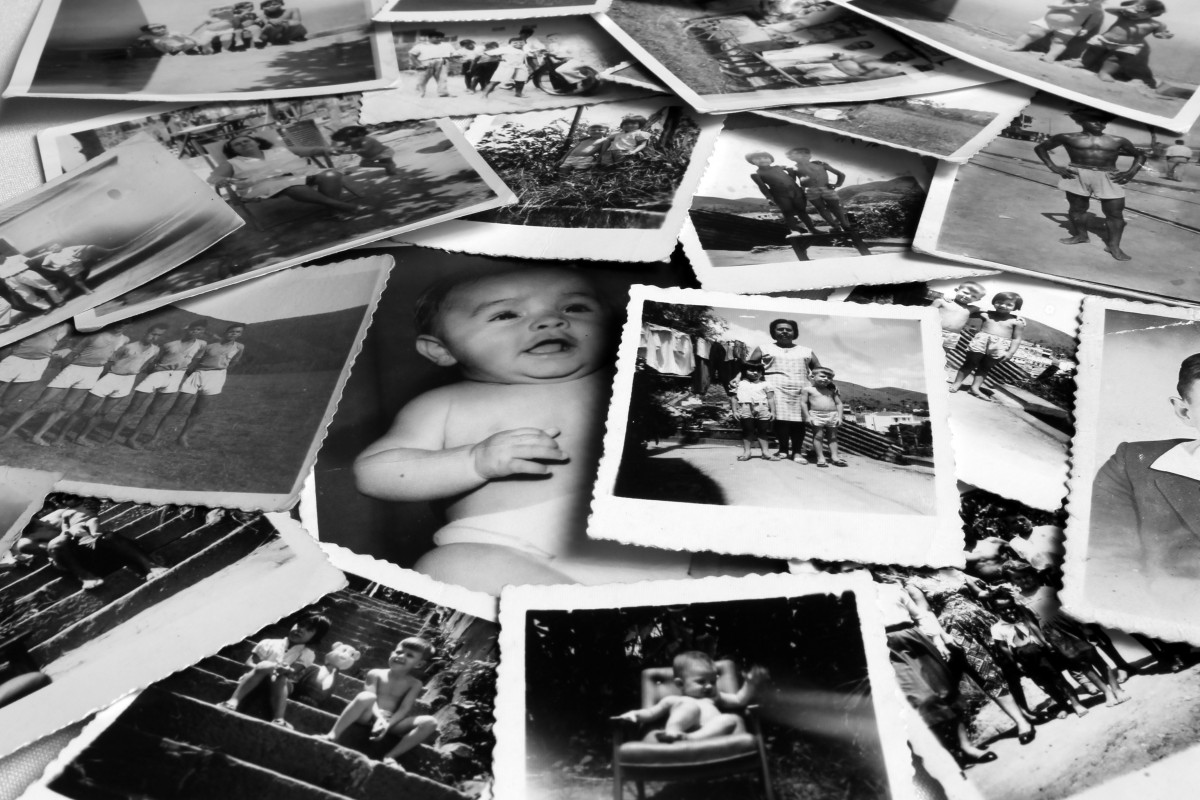 Pictures -
Pictures - 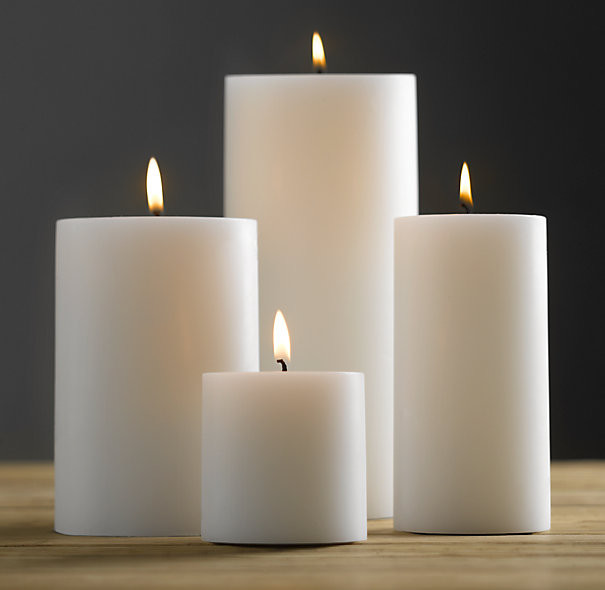
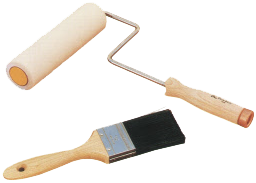
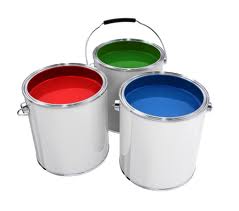

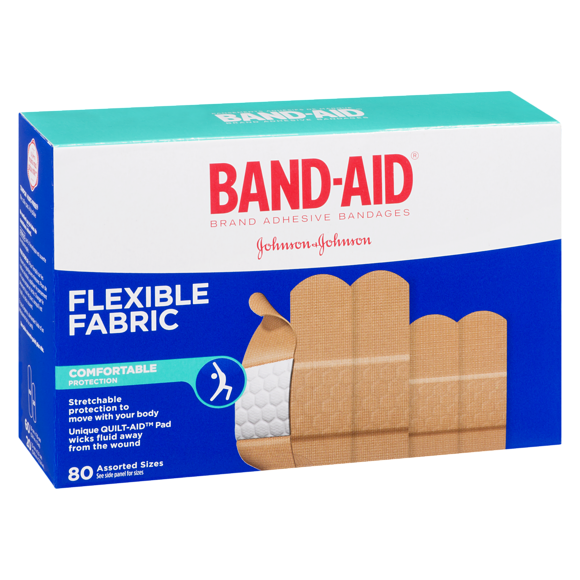

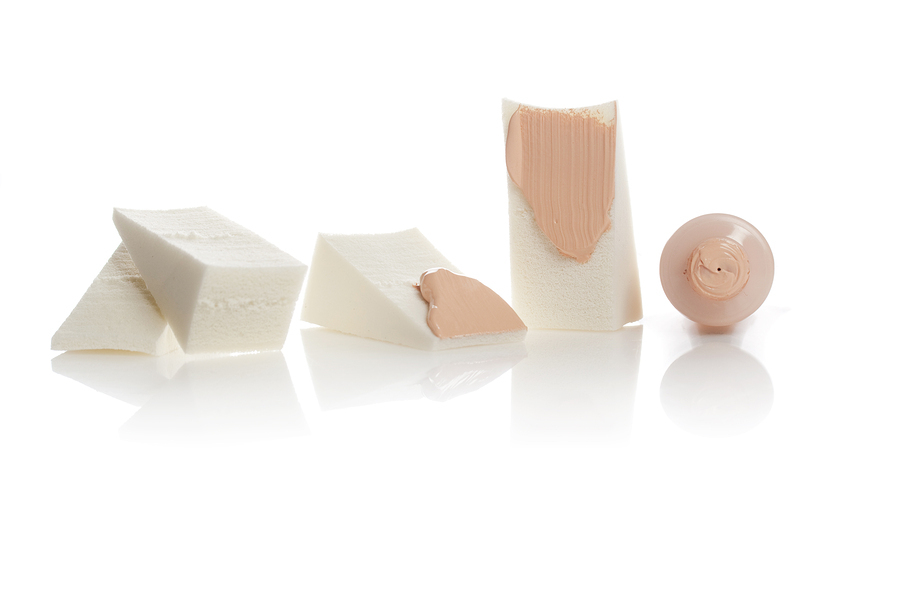 Makeup wedges or applicators - all makeup application tools need to be discarded and thrown away. The only exception are: Tweezors, clippers, makeup brushes (they can be saved...see the safe list in Green)
Makeup wedges or applicators - all makeup application tools need to be discarded and thrown away. The only exception are: Tweezors, clippers, makeup brushes (they can be saved...see the safe list in Green)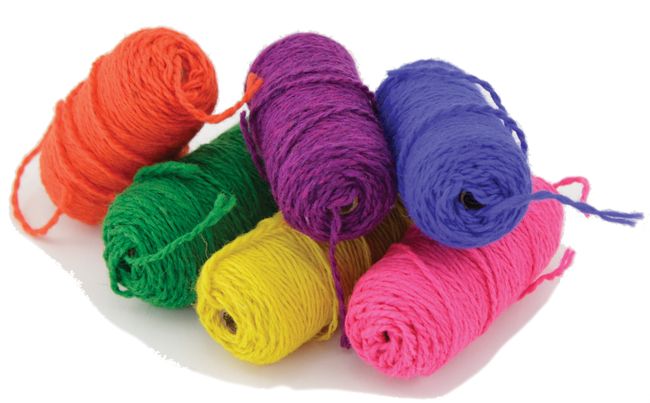 Yarn
Yarn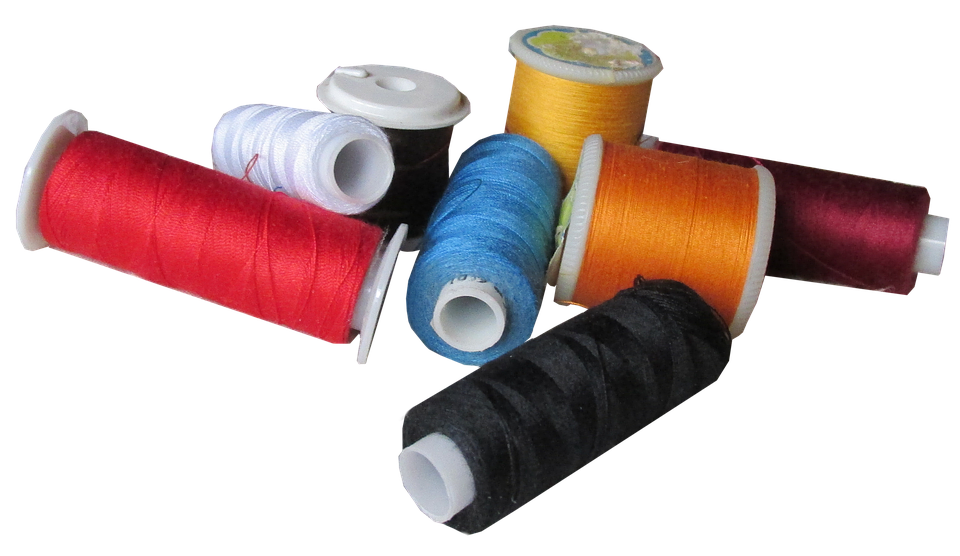 Sewing Thread
Sewing Thread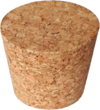
 Rope, Fabric Cord, Twine
Rope, Fabric Cord, Twine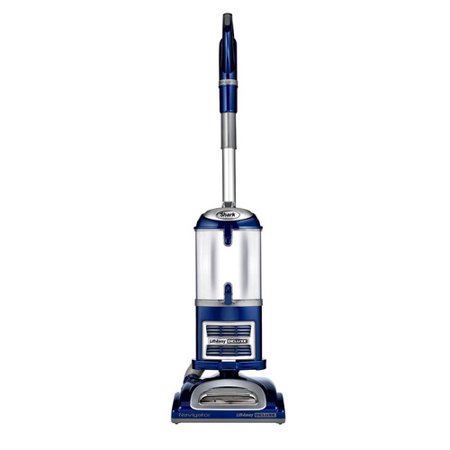 Vacuums of all kinds (The vacuum was sucking up toxic mold spores and mycotoxin and is now in the entire vacuum) NO type of vacuum should be saved after a toxic mold issue in a home. This also includes: Shop Vacs (Wet or Dry), Hand-held mini vacuums, cordless vacs, electric sweepers and bagless or bag-use models. ALL vacuums are a loss. Keeping them will only cross-contaminate the new home you are moving to.
Vacuums of all kinds (The vacuum was sucking up toxic mold spores and mycotoxin and is now in the entire vacuum) NO type of vacuum should be saved after a toxic mold issue in a home. This also includes: Shop Vacs (Wet or Dry), Hand-held mini vacuums, cordless vacs, electric sweepers and bagless or bag-use models. ALL vacuums are a loss. Keeping them will only cross-contaminate the new home you are moving to. 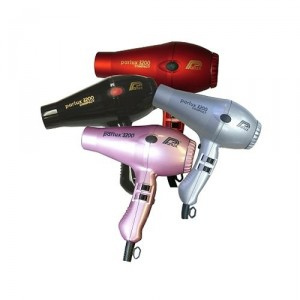
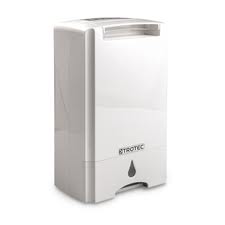
 Space Heaters
Space Heaters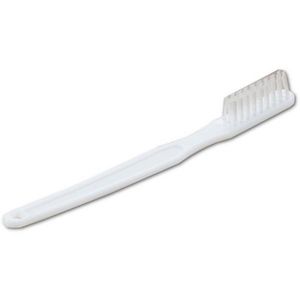 Toothbrushes
Toothbrushes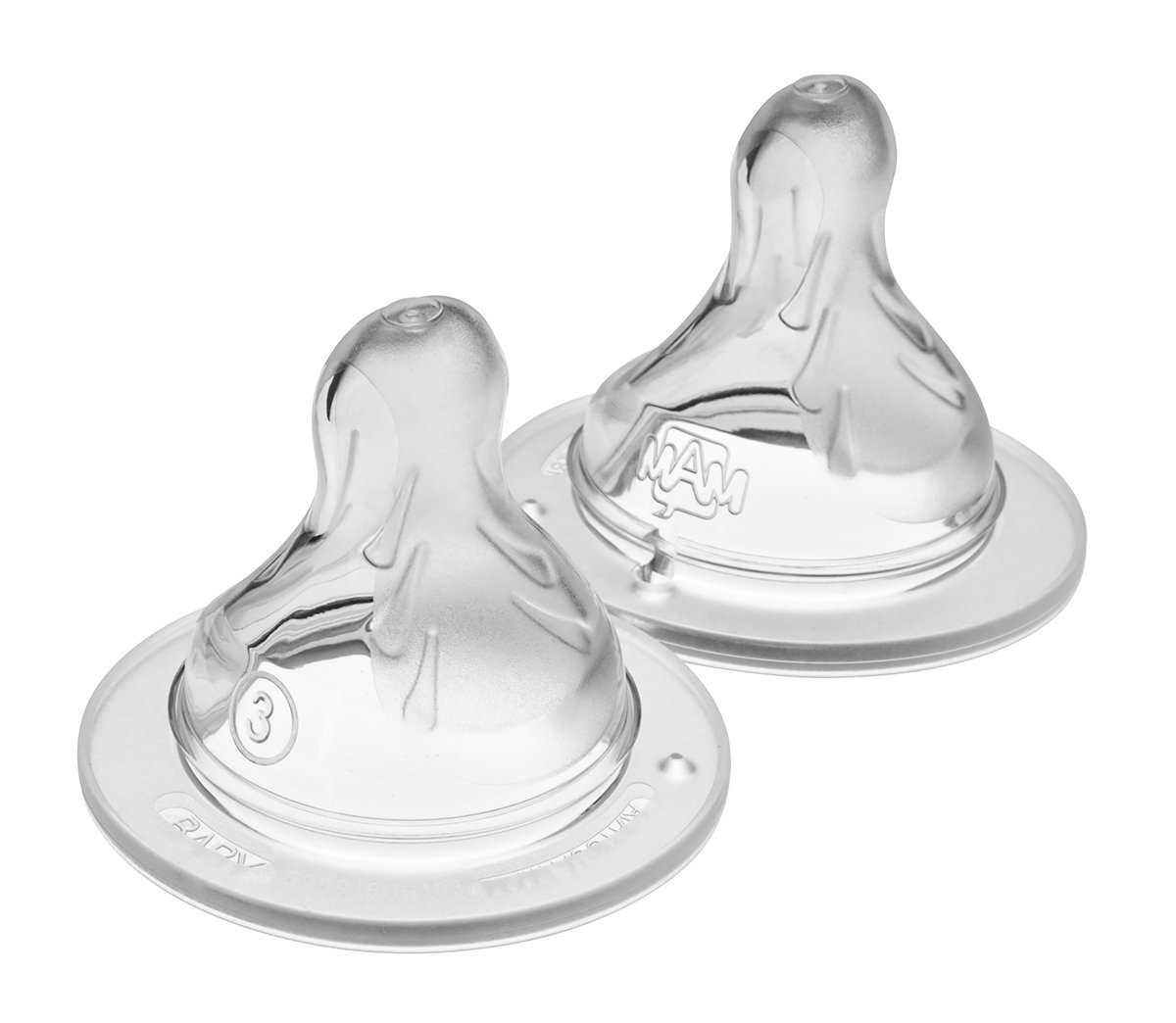 Baby Bottle Nipples and Pacifiers
Baby Bottle Nipples and Pacifiers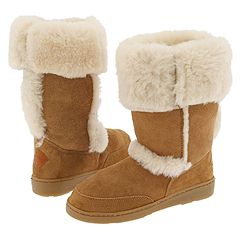
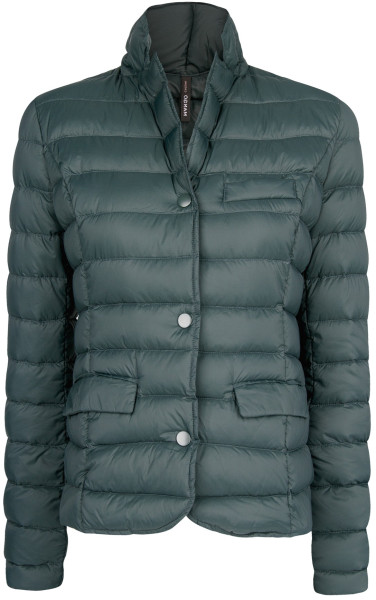 Down Feather/Puffy Coats
Down Feather/Puffy Coats